As humans, we’ve been telling stories for a very long time. We’ve grown ourselves out of the various phases of human evolution because of the untapped contribution of stories in our lives. In this article, we discuss the interplay of stories and information architecture.
Insights from information architecture
Information architecture is the structure in which we produce information for consumption. It means that I must invest myself in understanding how I, as a content designer, can understand something before I help my readers put it to use. I understand this by using an analogy of online maps, for example. To reach anywhere, you input the destination, choose your mode of transport, and supply other conditions. Your route is your information architecture. Your choice of vehicle is your persona. Each persona has its set of conditions, speed of learning, and a preferred alternative (more than one route, in the case of online maps).
Let us look at what insights we can glean from information architecture and if we can apply those insights in fictional storytelling.
On perspectives
The following words are from a poem I wrote in 2021: “Just as you have companions, my friend, I have stories to keep me company. The cat has only nine lives, remember? As a writer, I realize, I’ve rather one too many.”
Sometimes, I am the user; sometimes, I am the project manager; sometimes, someone from the third party or vendors; I am everyone. I can assume any voice depending on the information I want to convey. I can adopt the indicative, imperative, or subjunctive mood. I can use the third-person perspective, much like Dr Watson’s voice that plays Sherlock Holmes’ mysteries in the reported speech. Or I can refer to the reader by a generic pronoun called “you”. I can sound encouraging through my words, such as “We recommend using this method for configuration”. Sometimes, I can sound cautious and be didactic, “Wear protective glasses when operating this machine”. I can also be someone who tells how the information must be accessed. Or I can be someone who tags the information for translation and use.
Each perspective has its way with words and will appeal to a specific set of readers, accordingly. I will explain things differently if you are an administrator and not a business user. As a technical writer, I can assume any role and adopt any voice to get my point across. We’ve discussed how we can make more believable characters and how we can use world-building to create contextually meaningful messages. The same thing can be applied using information architecture to create categories of contextually driven content.
On feedback
The reason feedback is often called a gift is because it lends you invaluable insights into the seeker’s brain. If a user story helps you step into the seeker’s shoes, feedback lends you an insight into their reactions and responses. Did the feature deliver what the users need? Did the users find what they were looking for? Did the users configure it correctly? Did the users accomplish what they had set out to? Will the users remember where to find the feature and its information again? Numerous such questions help draw invaluable insights. However, gathering feedback can be difficult. Therefore, to implement documentation and gather feedback, some organizations have begun using chatbots. Soon, we might use technologies like chatbots, artificial intelligence (AI), and machine learning (ML) to drive company-specific generative content, to help improve the findability of information. This translates to fewer support tickets and improved results from our cost-to-benefit equations: a better bottom line. All successful fiction authors follow the same or similar breadcrumbs from their readers. They are keen to glean such insights and implement them into their works. And much like fiction authors, we use the user’s footprints to lead us to the right design.
On clarity of thought
Of the many things that mire out my editor’s brain is the absolute thoughtlessness and absence of clarity that sometimes drips through a writer’s work. I infer, “If that’s how they write, that’s how they must think.” But sometimes, it is not the writer’s fault. It is the fault of the premise with which they begin to think. It turns out there is an order in which we must fix such issues. Begin, that is, with defining the customer’s expectations. We often get into this habit of describing our products’ features. But is not useless to tell what the product does? I can vouch that users are not bothered about the features. All they want is the underlying benefit.
In the context of fictional storytelling, this is much like the cliché, “show, don’t tell”. We must begin with the feature, yes, but we must end with the benefit. Perhaps, this is why, in the context of technical writing and information architecture, we focus on the underlying benefits. As a rule of thumb, ensure that your content doesn’t tell what the product does but what the users can do with it.
On techniques
Amongst the few techniques that help me write better are:
* Progressive disclosure: This involves spreading the message such that it unwraps itself over time. It unravels itself before dear readers such that its learning curve remains relatively flat. I prefer to use this structure when I am creating conceptual content. I lead the users to explore the concept before they delve deeper into the content. Consider this as an inverted pyramid where the tip of the pyramid—which, in this case, is toward the bottom—denotes the most important message. The focus is on comprehension. In fictional storytelling, we use progressive disclosure for world-building and suspense revelation.
* Pyramid approach: This is easily the most used method in technical communication. I reserve it for all referential content and tasks. I share the most important information before I share the remaining content. This means the content is more usable. In fictional storytelling, we use the pyramid approach when describing an important event or narrating anything that involves a lot of action and drama. It helps create gripping content.
On copyediting
Seldom do we come across a better job than one that pays us to find other’s faults. I kind of love and hate it at the same time: On one hand, I speak of it in delight, but on the other, I abhor the idea of finding faults. However, I do like the idea of making things better. Besides, the task of editing makes me a better thinker. As the copyeditor for my team, I cannot afford to be slippery in my approach, thoughts, and words. At the same time, as a content designer, I cannot undermine the benefits of my copyeditor’s vision. The same skilled artistry that (sometimes) irritates my teammates also empowers my users. I cannot fathom not applying it in fictional storytelling, either.
Speaking of which, let us look at the insights that we can glean from fictional storytelling.
Insights from Fictional Storytelling
Fiction is imaginary literature that is written in the form of prose. It can be short stories, full-length novels, and epics that create a series of novels surrounding the life of your fictional characters. Fiction writing and storytelling both are about the art of writing stories. The difference is that writing is an art and storytelling is a skill.
Let us look at what fictional storytelling teaches us about our profession woven around writing, and if we can apply the insights in information architecture.
On characters
I cannot deny the power that our everyday conflicts have lent to our mental decision-making system. Conflicts trigger response, which triggers action; that passive sense of purpose (of resolving the conflict) is reassuring to us. It is even more useful if we can summarise our conflict in a single sentence. From start to finish, we can take our readers on a journey where they move from a mere thought to a compelling urge. We can drive their imagination to wherever our words take them—with them following us compulsively and unconditionally. I also like to couple a character’s conflicts with their character sketches and motives. In all kinds of writing, those writers who do not characterize motives tend to lose their readers. Only when your characters can passively show why they are the way they are, your readers will understand why the characters feel or do things a certain way. Bear in mind that the readers don’t have to agree with the characters but must only understand them.
In the context of technical writing, personas are often detailed descriptions of who our users are and how they behave in a certain way. We use these personas to create content that matches the users’ requirements. Such writing has a twofold advantage. One, persona-based documentation is findable. Two, it passively empowers the readers by lending them the power to choose whether they agree with the persona. They understand the persona’s perspective and find common threads.
On choices
Writing fiction is difficult. It is a daunting task to find your way through emotions to seek the right description that matches the little bracket of word choices you and your readers are blessed with. To make the readers bleed through their eyes, you must first bleed your way through words.
You must consciously choose to rewrite repeatedly until you get to those core words that move your readers. Brevity in describing emotions is the key to this transaction. A character’s pain, for example, might make us feel that our pain is a lot lesser. In this way, writing is compassion woven into words. But this has a flip side. There is another type of people who find others’ lives as joyously painful and theirs to be painfully joyous. In another way, writing is decisive; it makes you take a stand. It must.
While I agree that there is no place for compassion in technical writing, I see the sense in which it is applied. All troubleshooting information and, sometimes, error messages are written in the same format: what happened, why it happened, and how to fix it.
On observation
We all uniquely understand reality. Each of us has a design, a pattern in which we comprehend this world. The fictionist within me is enamored by the enormous amount of detail that goes into this kind of world-building. I am fascinated by the works of writers like Charles Dickens whose novels are decorated with characters that speak who they are. For such writers, Babu from Mumbai doesn’t sound like John from England.
I want to make my characters believable, otherwise, how might you—my dear readers—will become the invisible observers of the characters’ lives? How will you believe that you are witnessing everything in real-time?
World-building does not apply to technical writing. At least not directly. But we do create documents that contain information built around the insights from world-building. We have different product and installation specifications for on-premises versus Software as a Service (SaaS) products. We have prerequisites for installation and requirements that might help our users in creating and deploying a virtual environment for testing. The more accurately we can describe the details of the environment, the more accurate the user experience is.
Conclusion
The art of information architecture is primarily restricted to setting the design right. What it lacks is often supplied by the insights gleaned from imagination. This is where the faculties of fiction and information architecture meet.
On conflicts and resolutions
To create a brilliant design, you must pare usability down to its simplest form. And, unless you understand the user’s point of view, it is difficult to know what matters to them the most. I am always curious to know what my application’s users think and want. I break those insights down into ‘manageable chunks of workload’. The input of workload contains cues to help me quantify output.
When I say, ‘manageable chunks of workload’, observe this hierarchy: User stories are divided into user scenarios, and user scenarios are divided into use cases. Each use case, therefore, has specific steps to reproduce, assess, improve, implement, and measure—in the same order. Much like with fictional storytelling, each use case, user scenario, or user story has a unique design in which the user comprehends, refers to, searches for, and builds their understanding.
On skilled storytelling
A world of masterful storytelling involves the elements of good content and good intent. It is not just how you do things, but also why you do them that impacts the people around you. Good content is “what and how” (underpinned by information architecture), whereas good intent is “why” (underpinned by fictional storytelling).
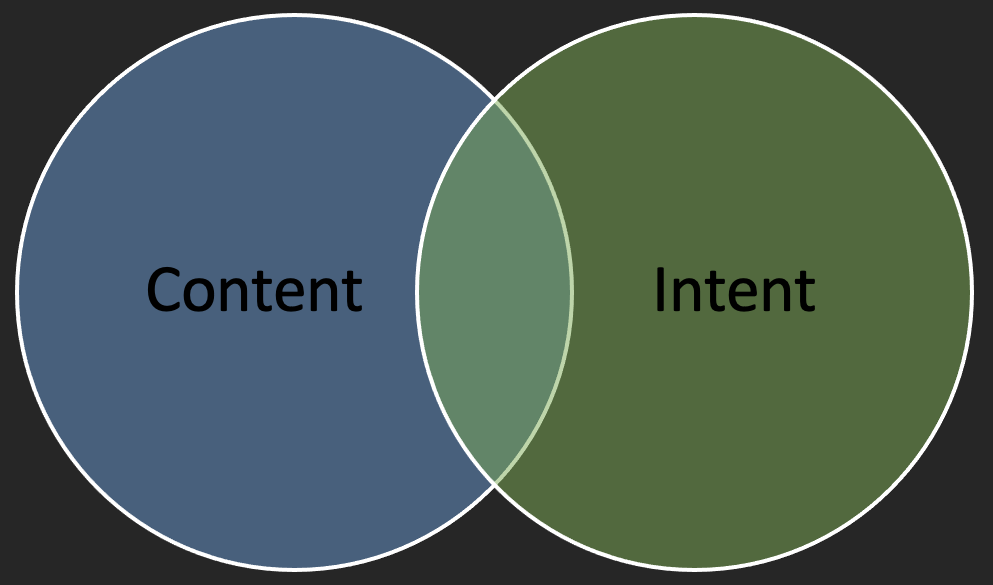
People often say that you eat first with your eyes and then your mouth. Likewise, you first listen to a story with your ears and then your heart. If the structure isn’t right, it might never reach your heart. A good design is like a delightful recipe that not only tastes good but also looks mouth-watering.
On wording
The art of writing is in meeting shifting targets. We all learn as uniquely as we explore. Yet, when it comes to reading, we all move in one direction: From the logical start to the logical finish. Yes, we sometimes skip the timeline to introduce or understand topics of interest. However, it all still points in only one direction. This “shifting target” of moving from the figurative Point A to Point B is immensely fulfilling for the human mind. It lends a sense of satisfaction. In one sense, writing is so much like life itself. We all learn life lessons before we glean the benefits. Likewise, while reading, we learn from wise words before the story fructifies.
Such is this mix-and-match of information architecture and fictional storytelling that leads us to invaluable insights into both fictional and functional worlds.
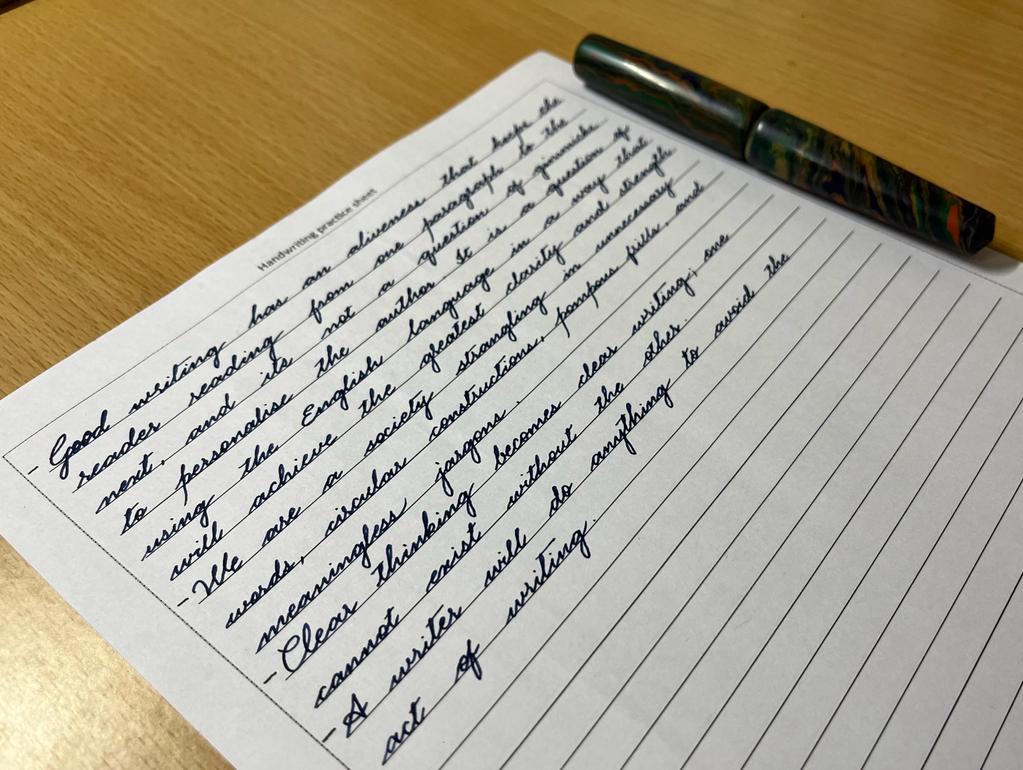
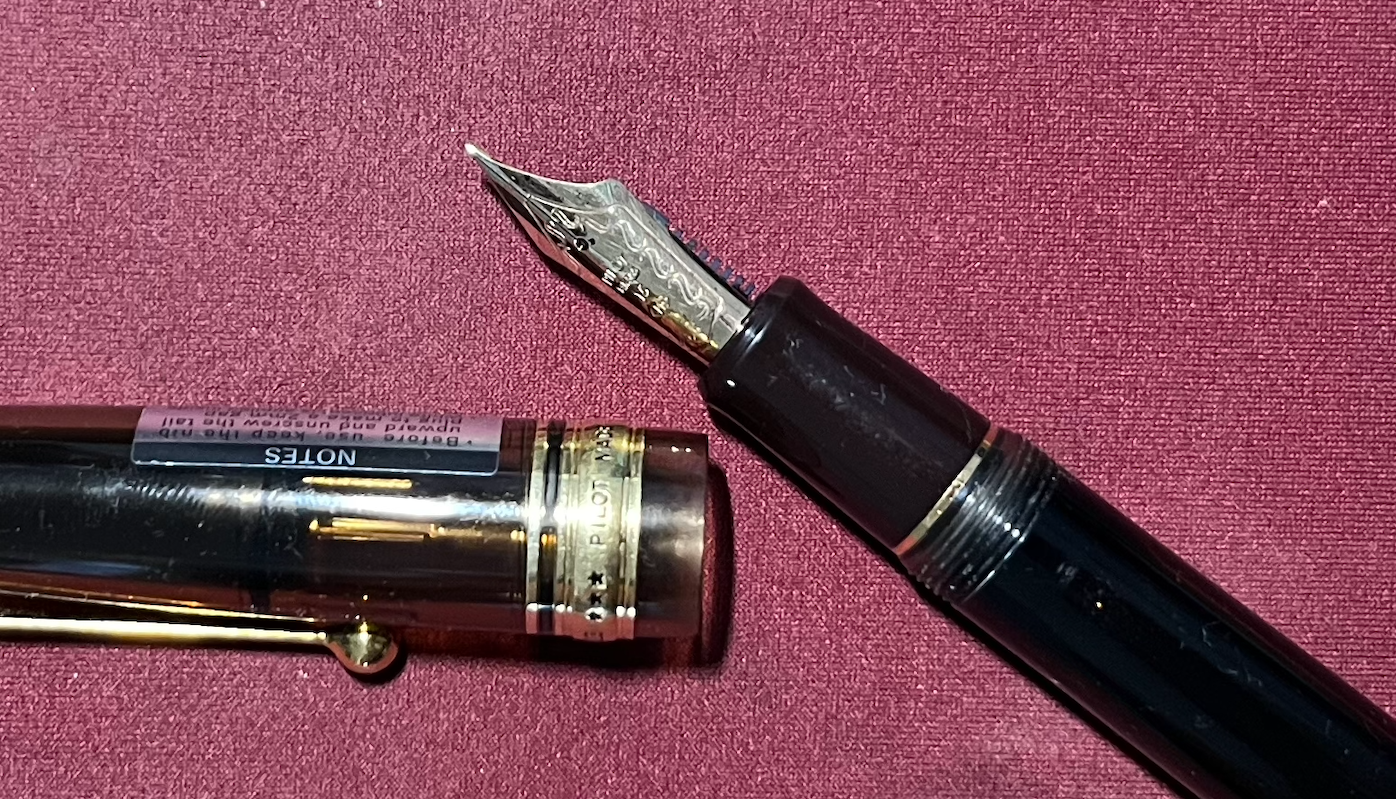
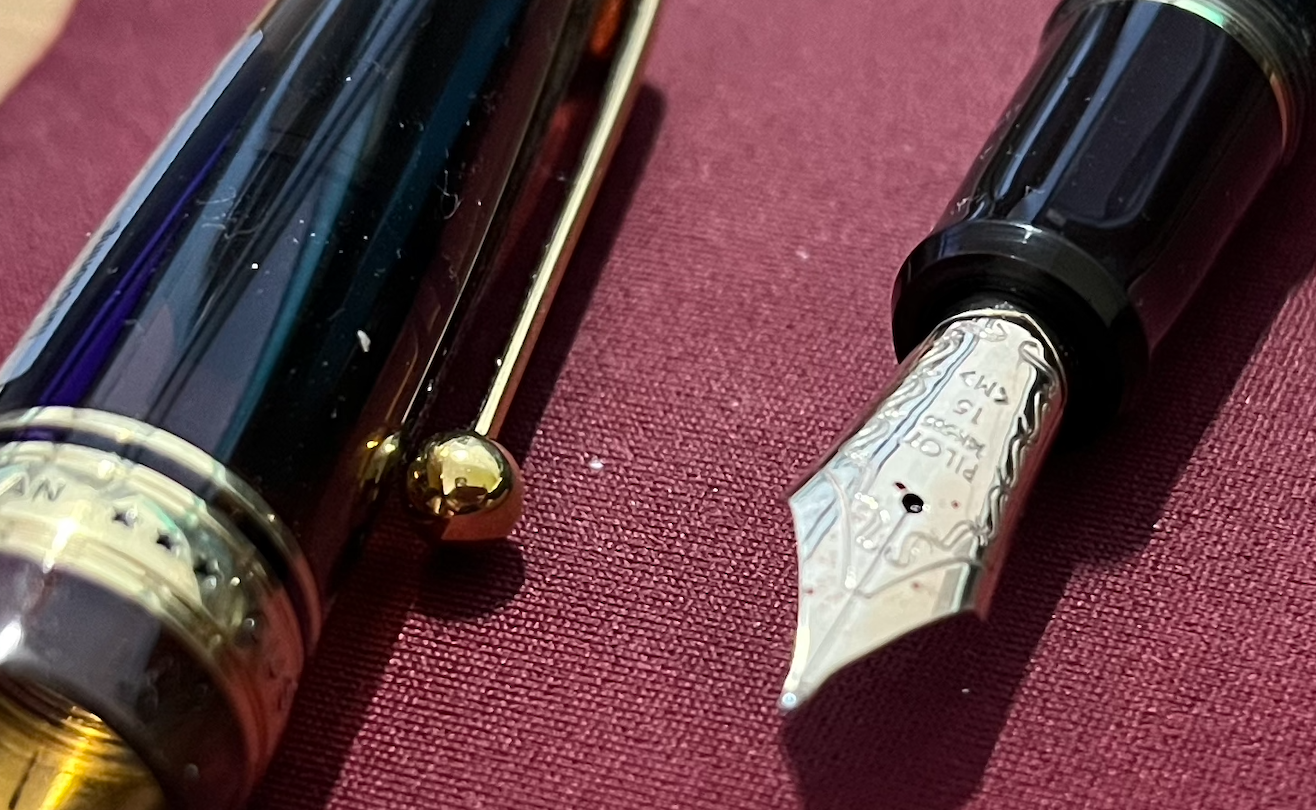
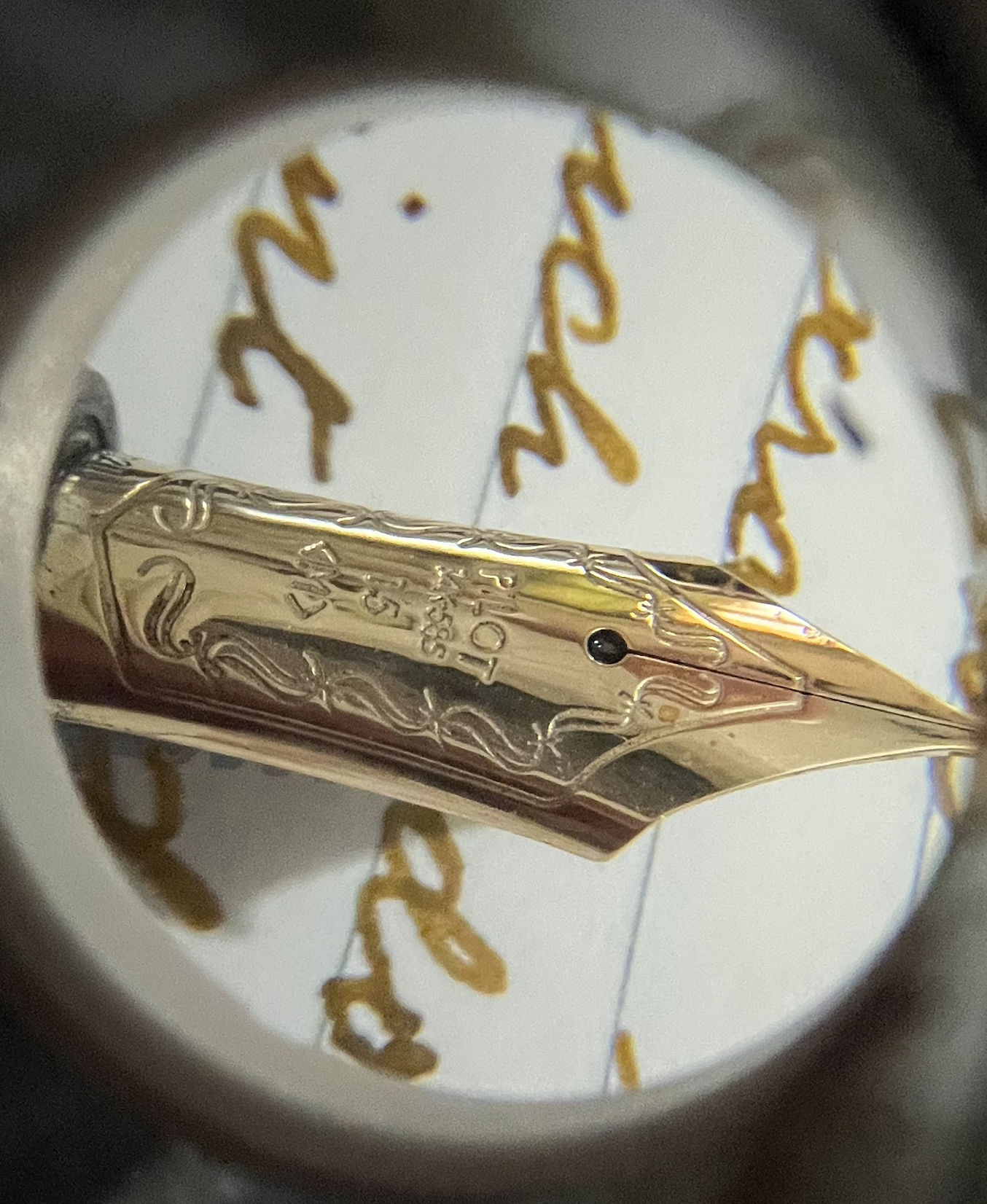
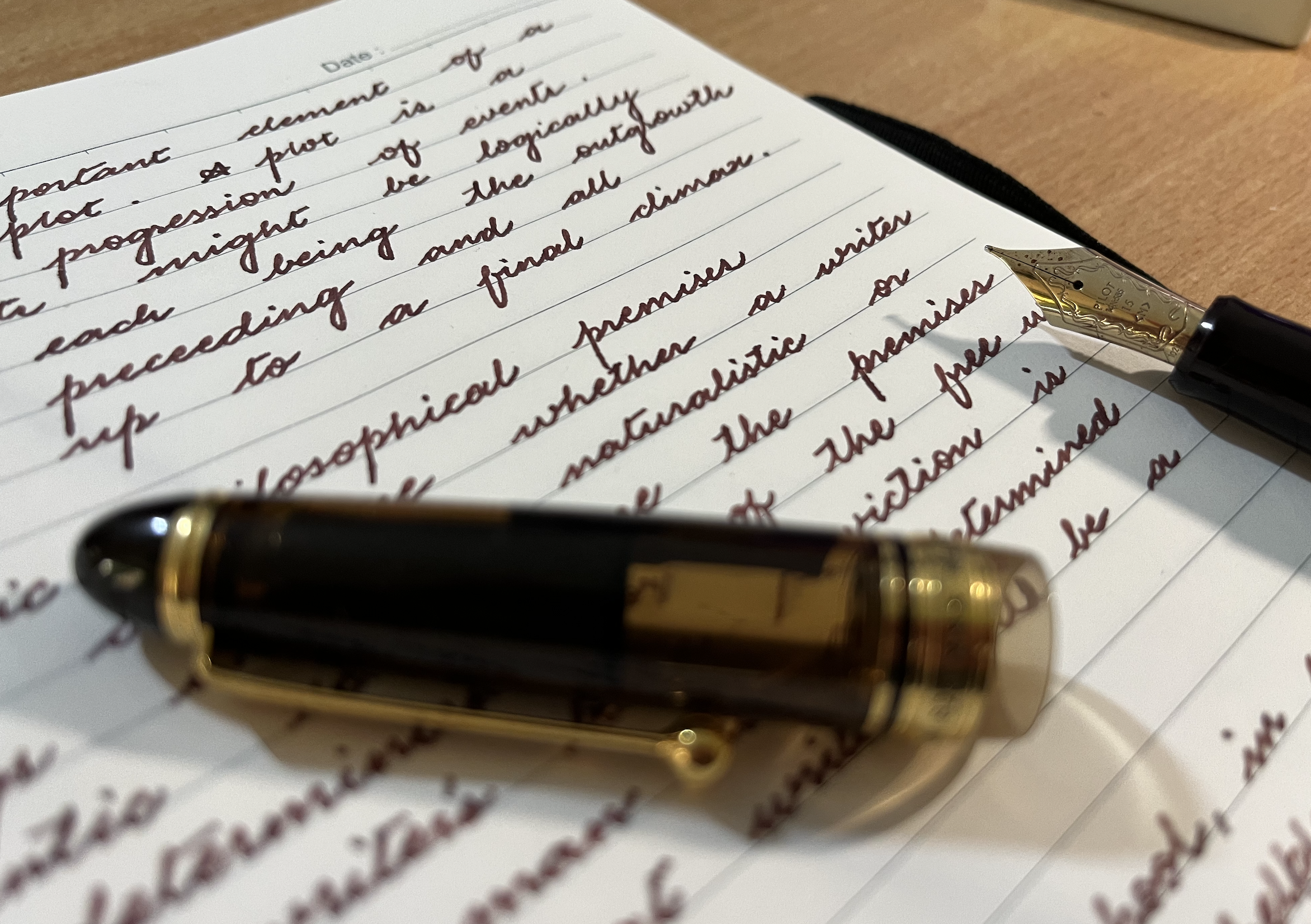
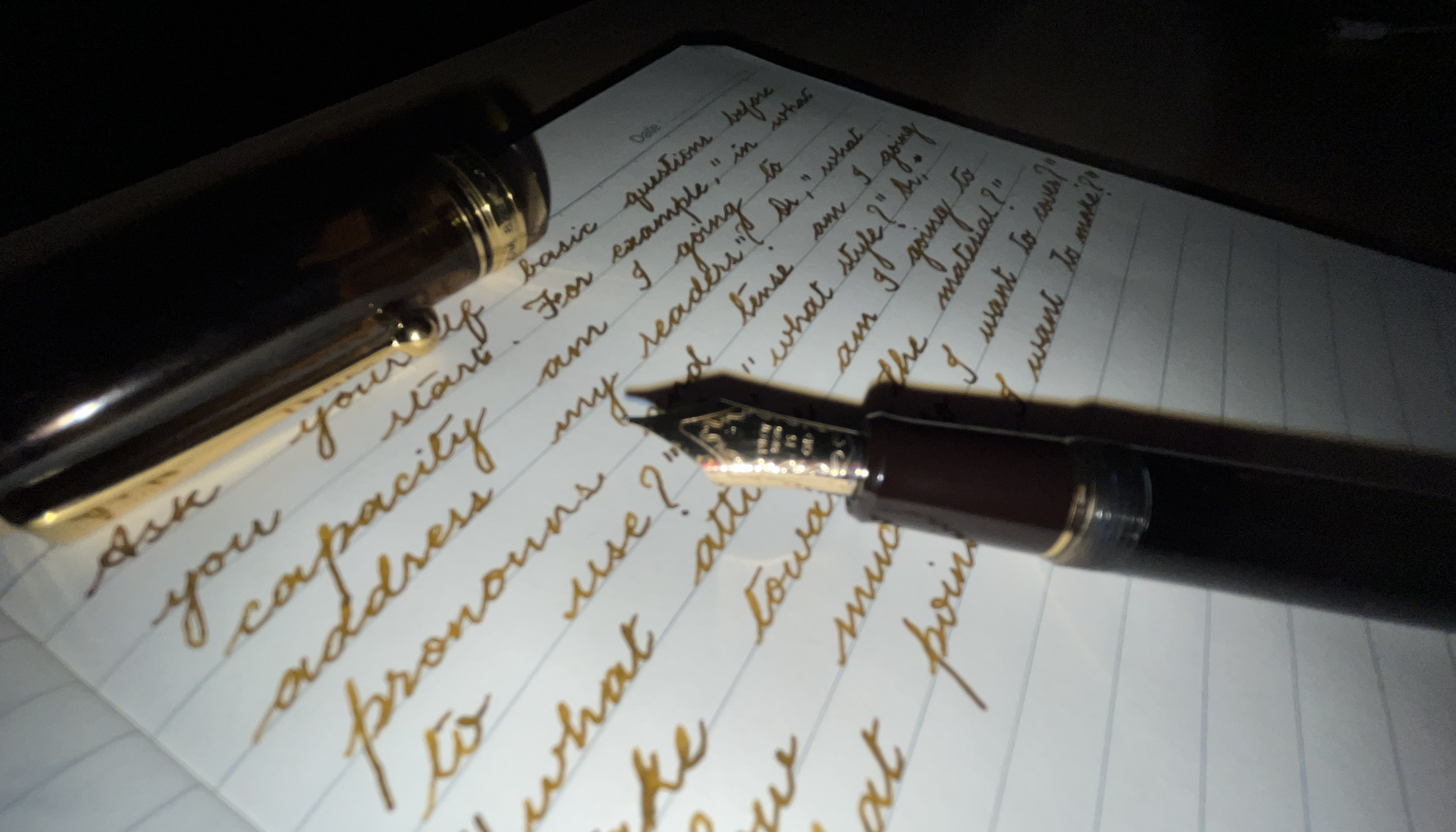
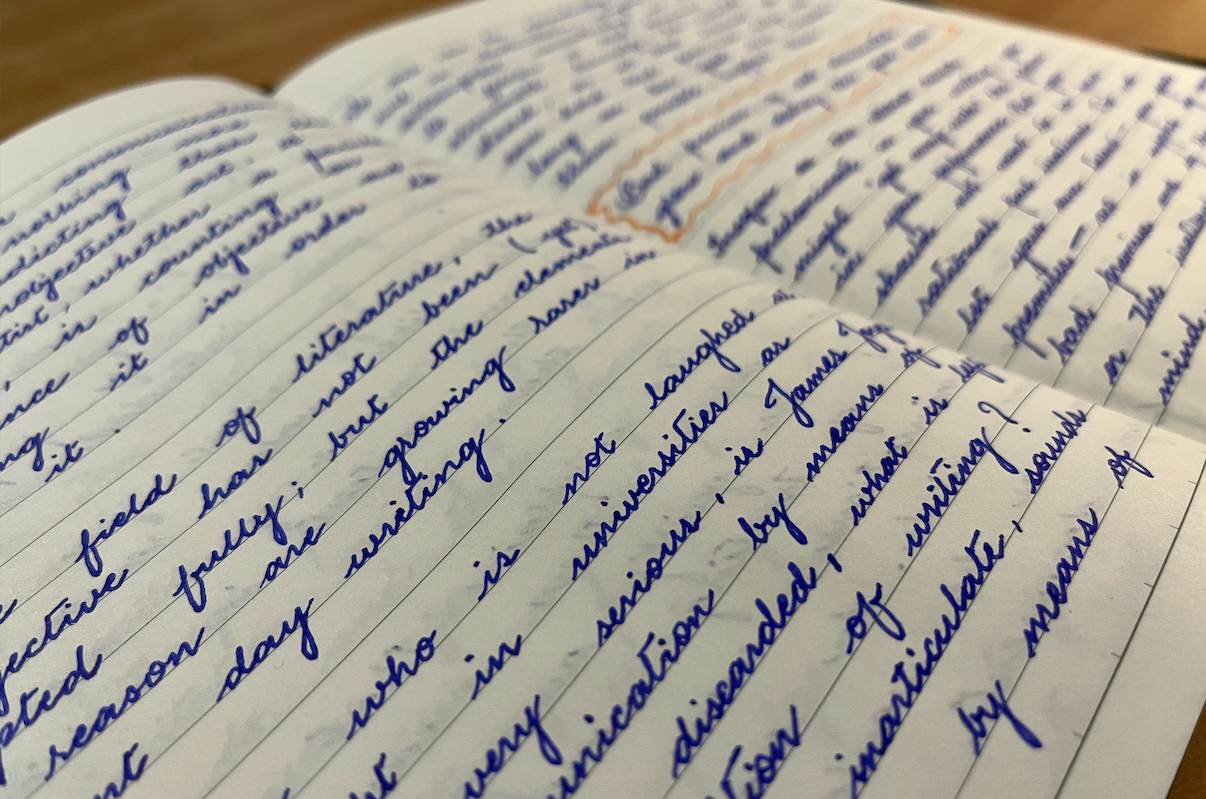
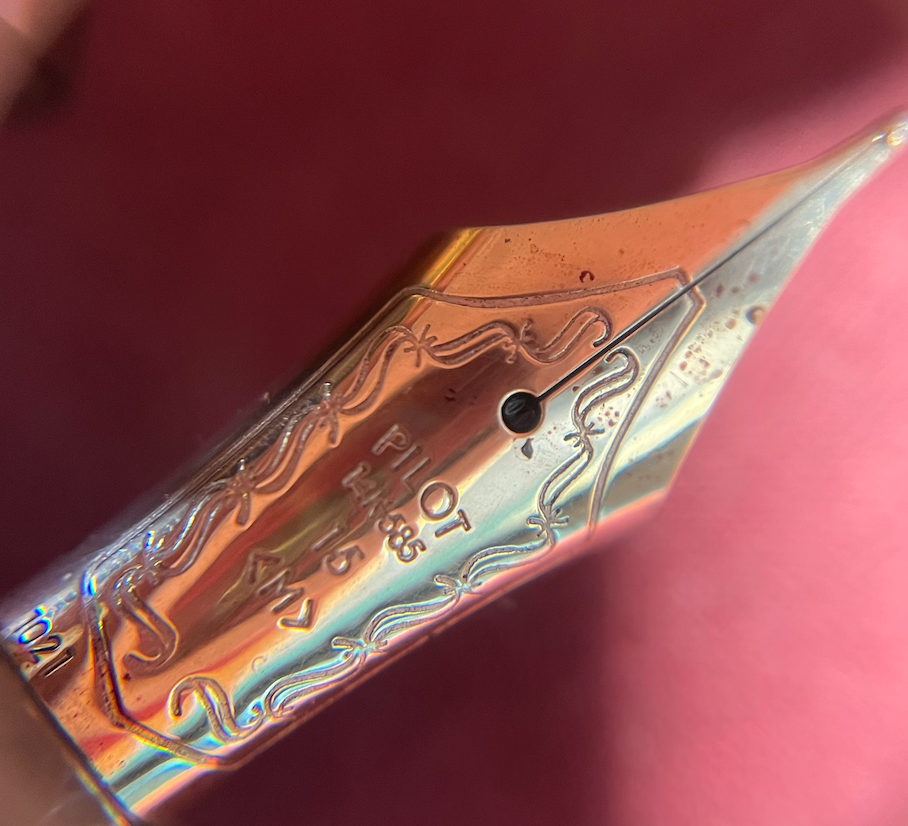
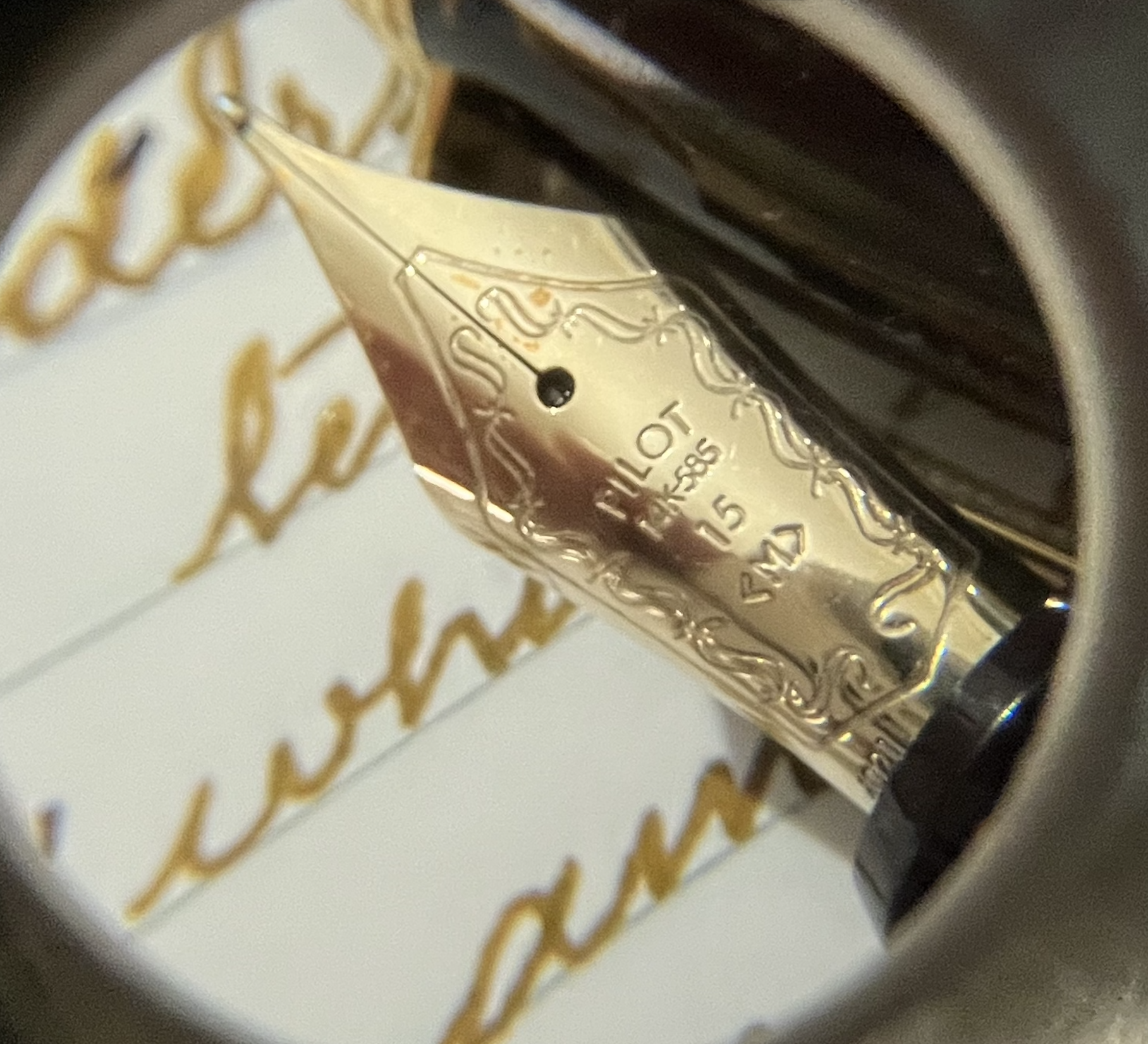
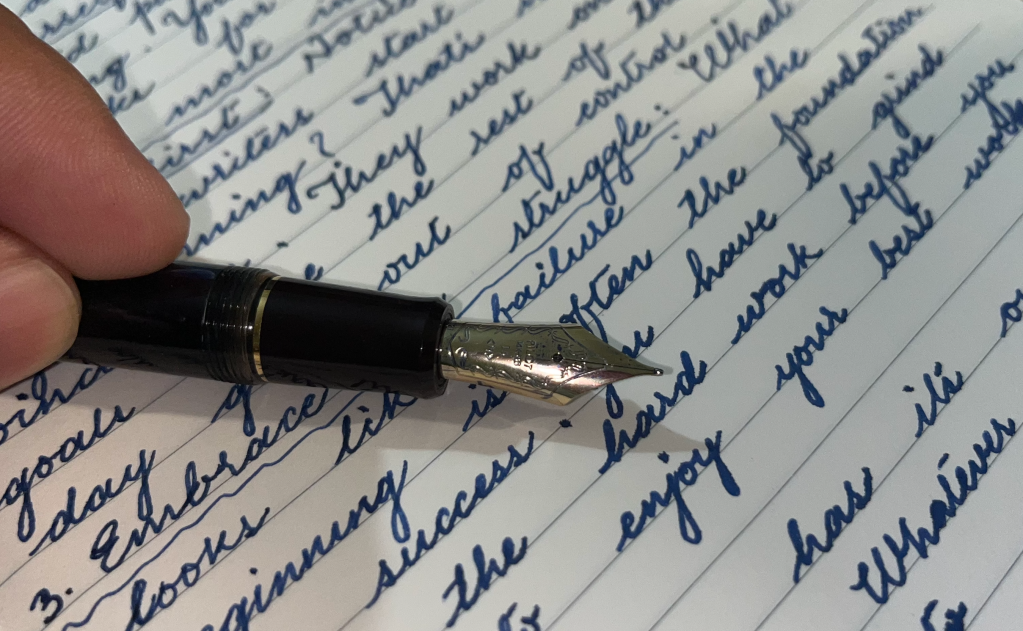
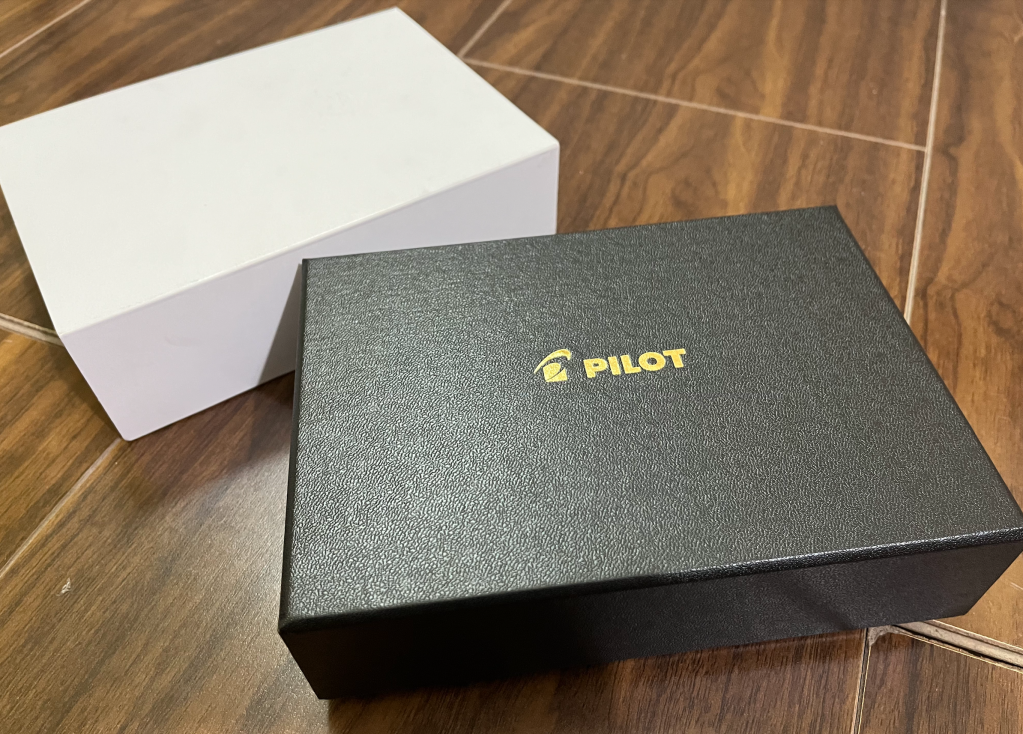
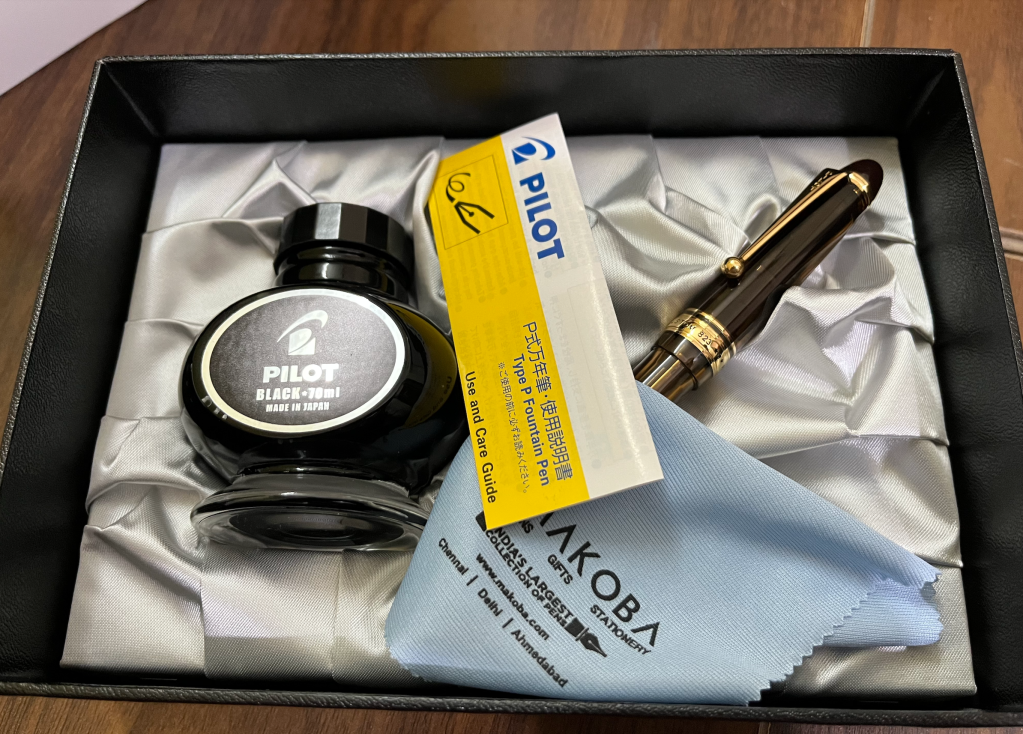







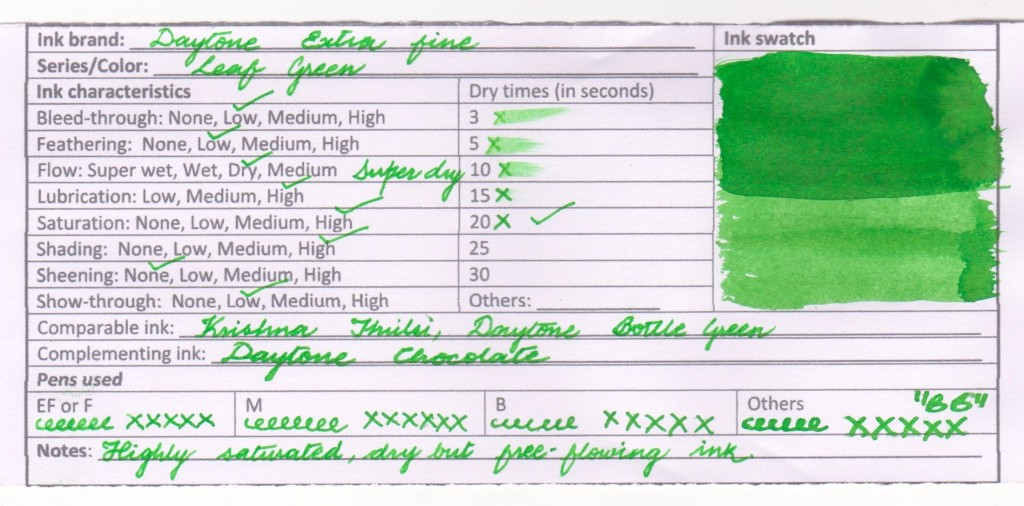











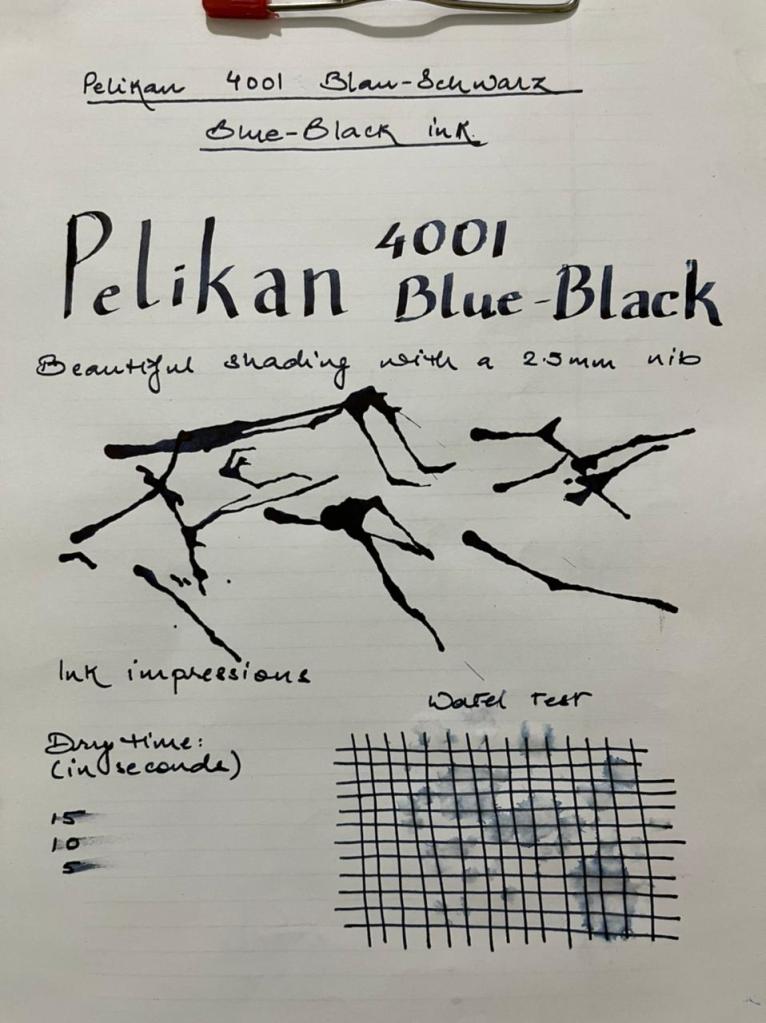
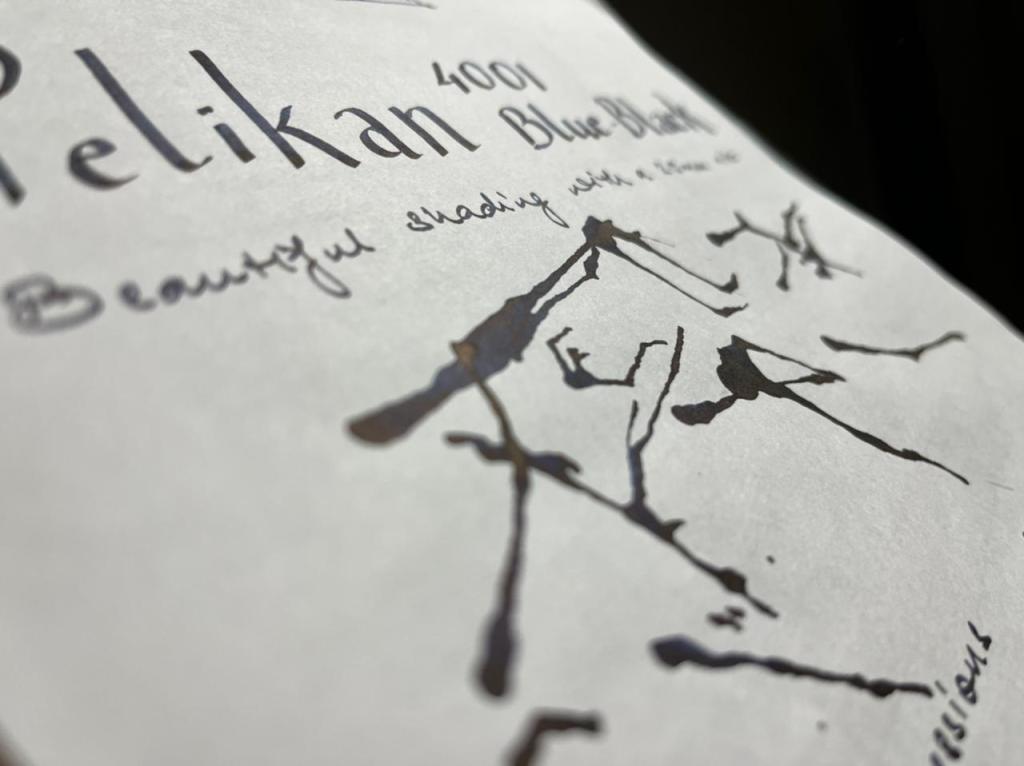
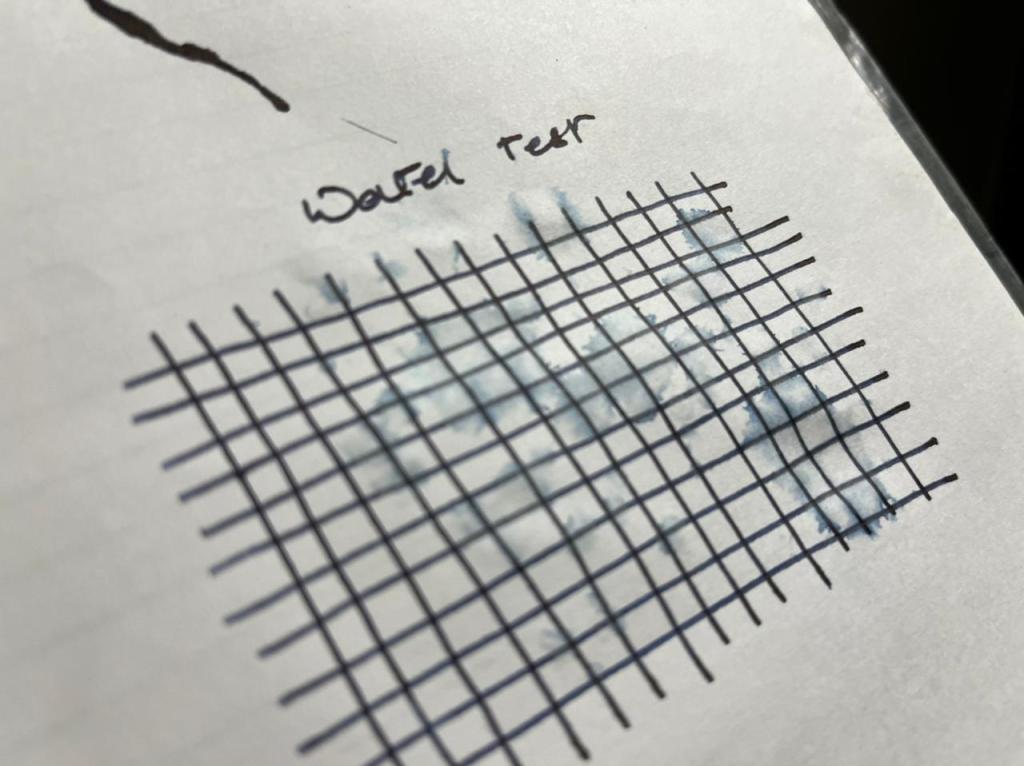
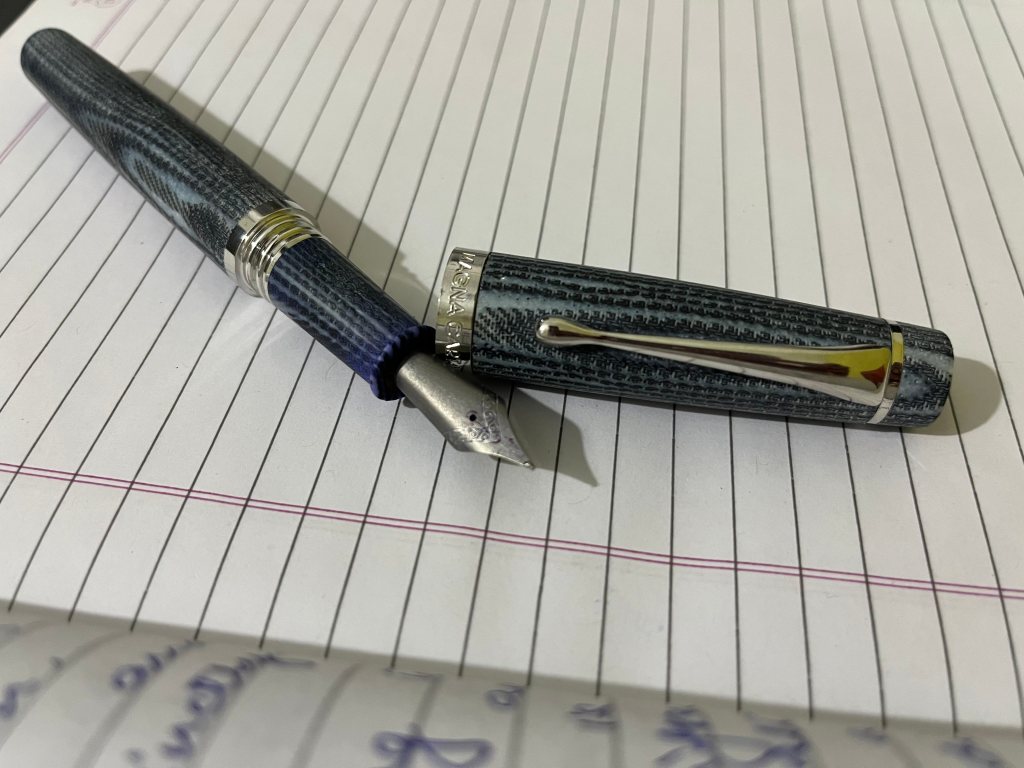
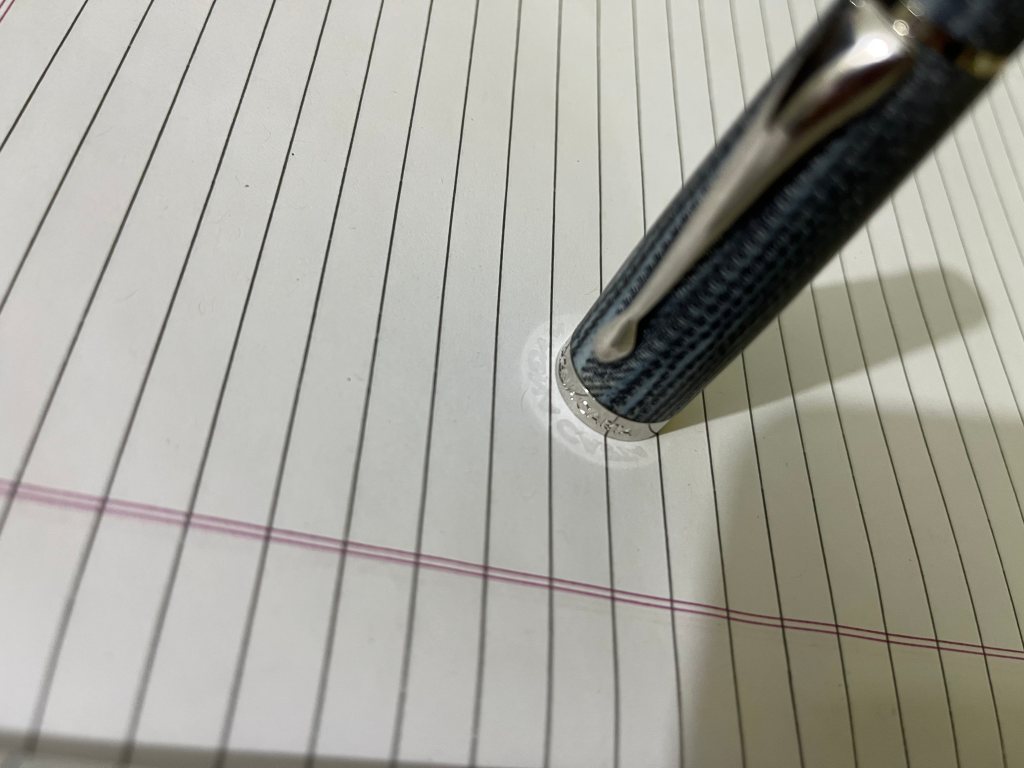
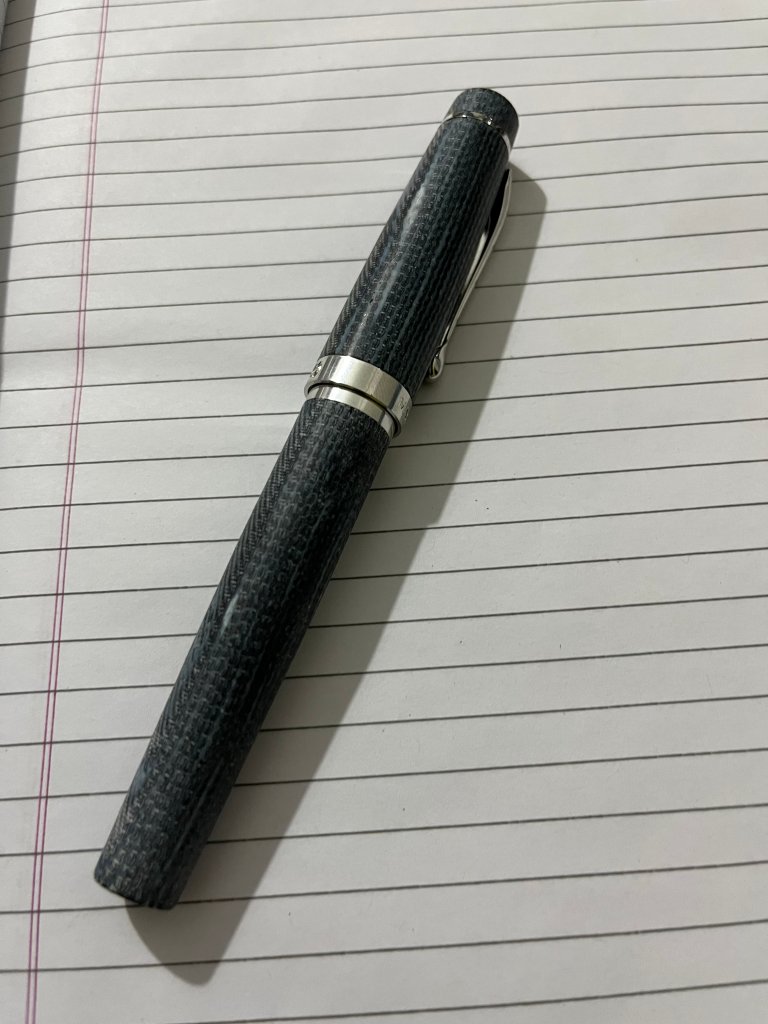
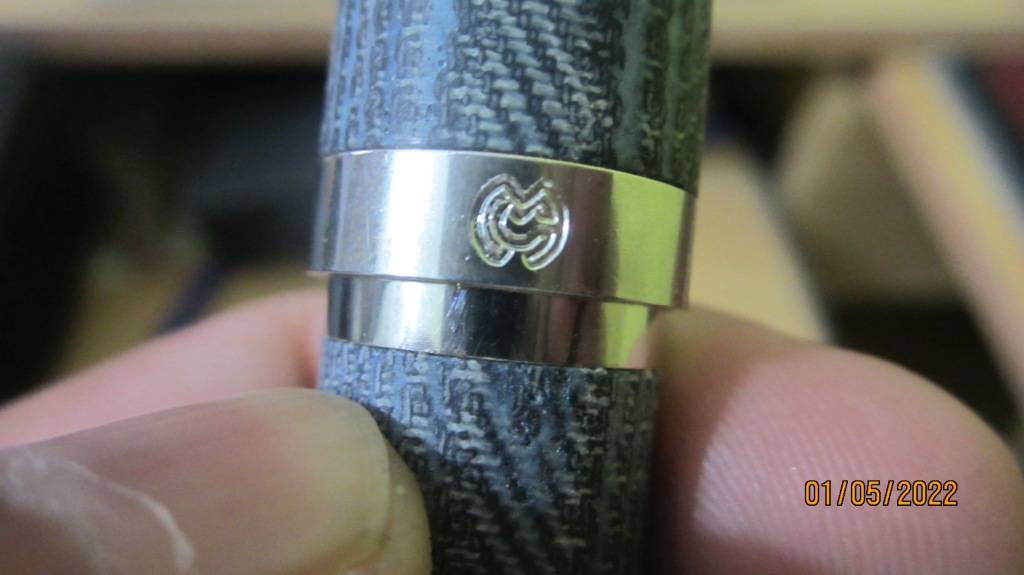
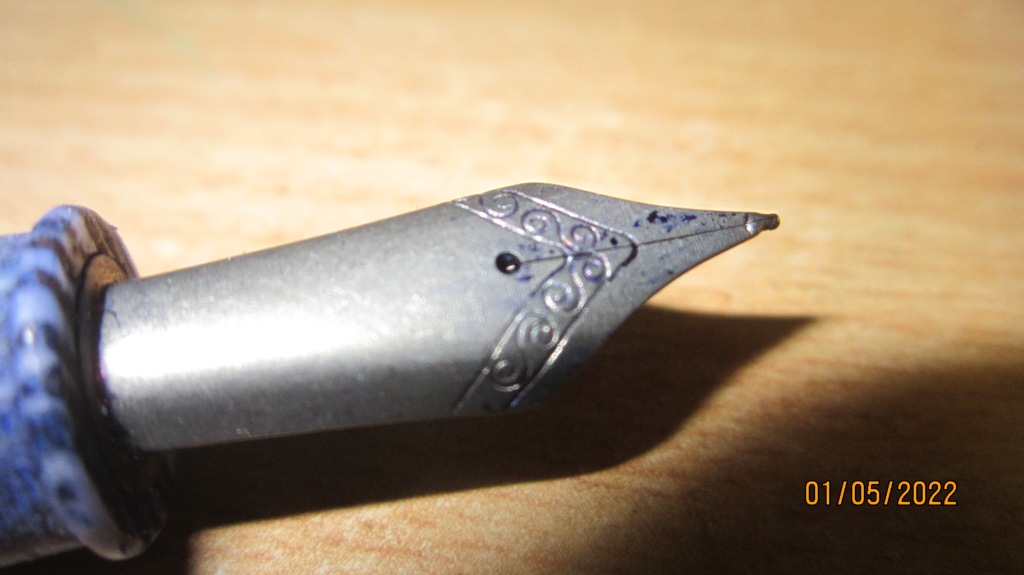
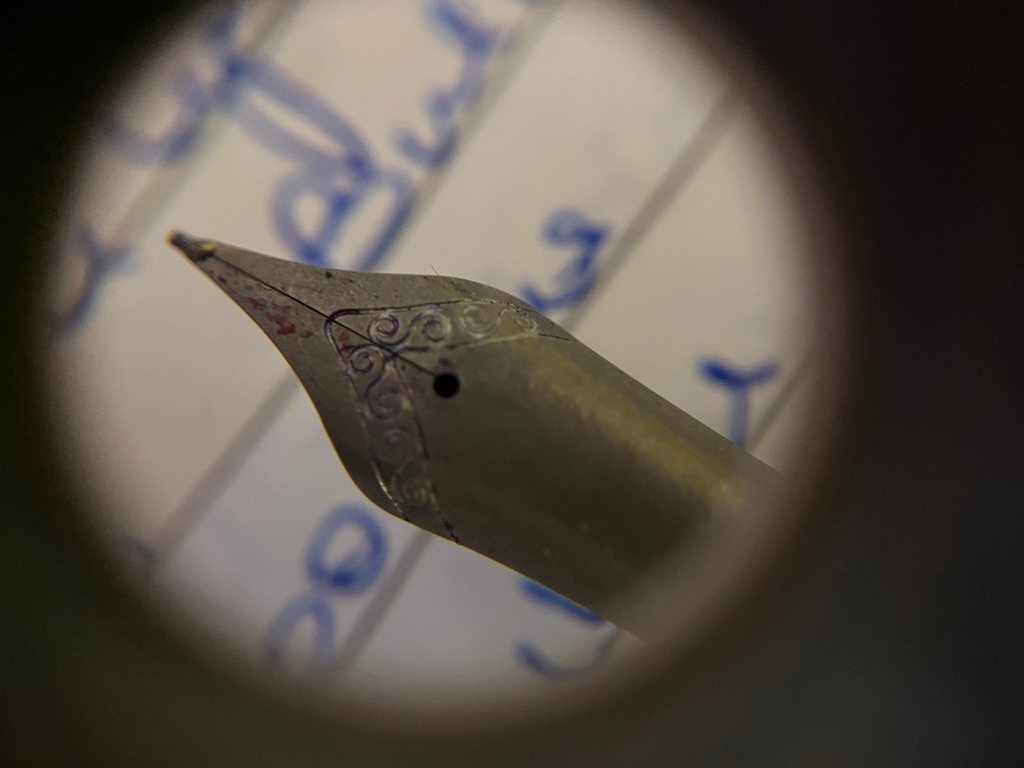
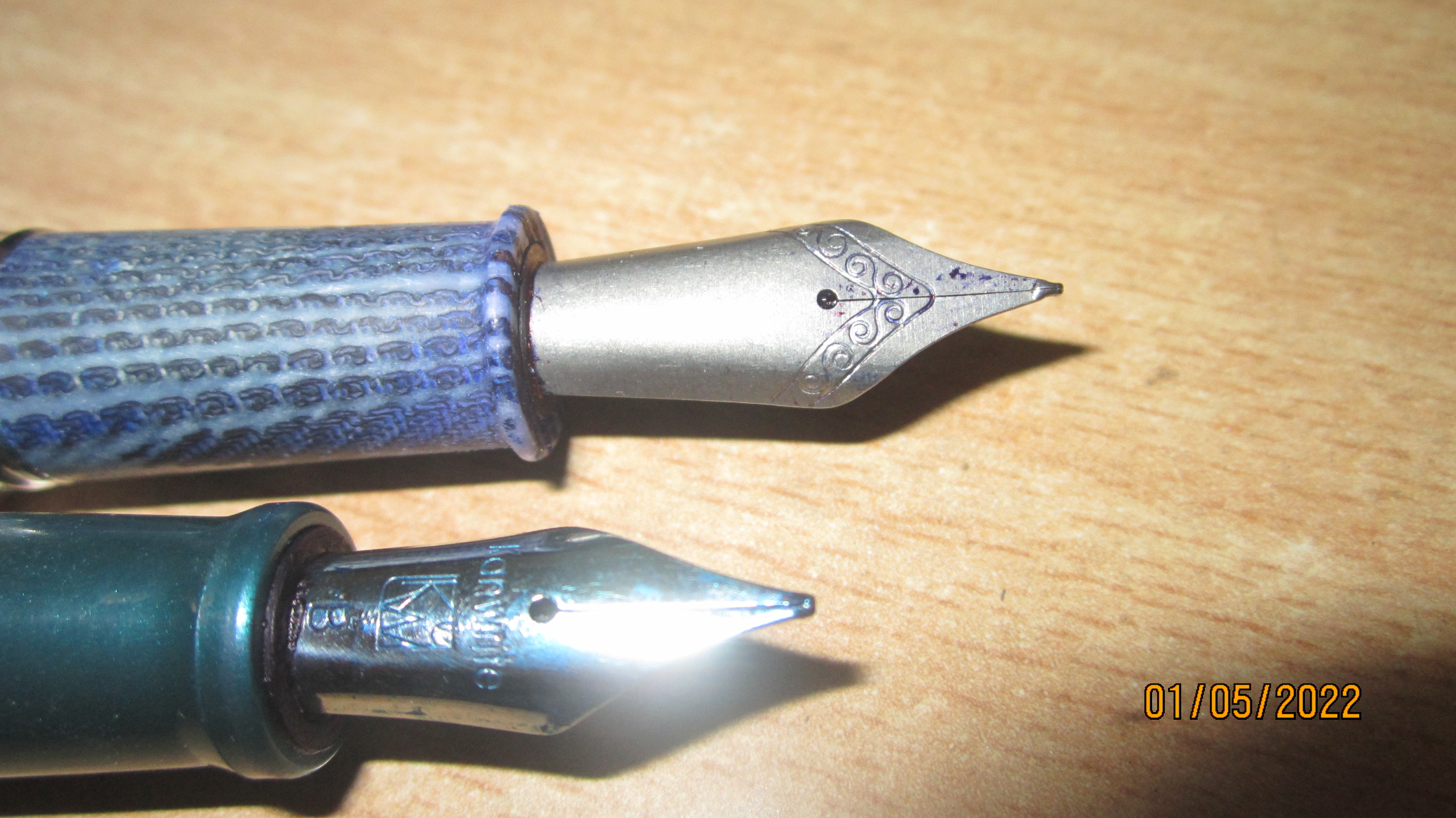
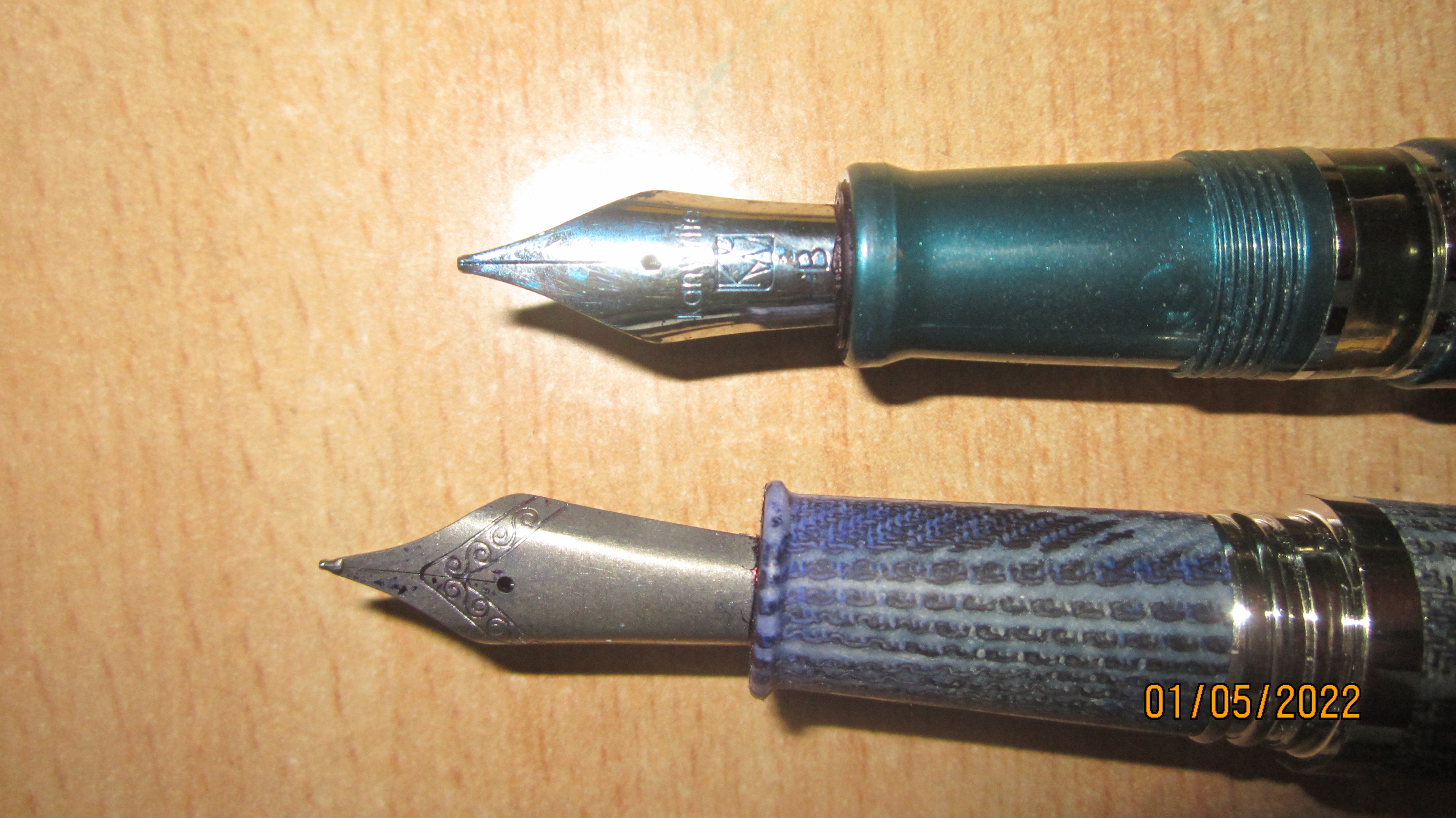
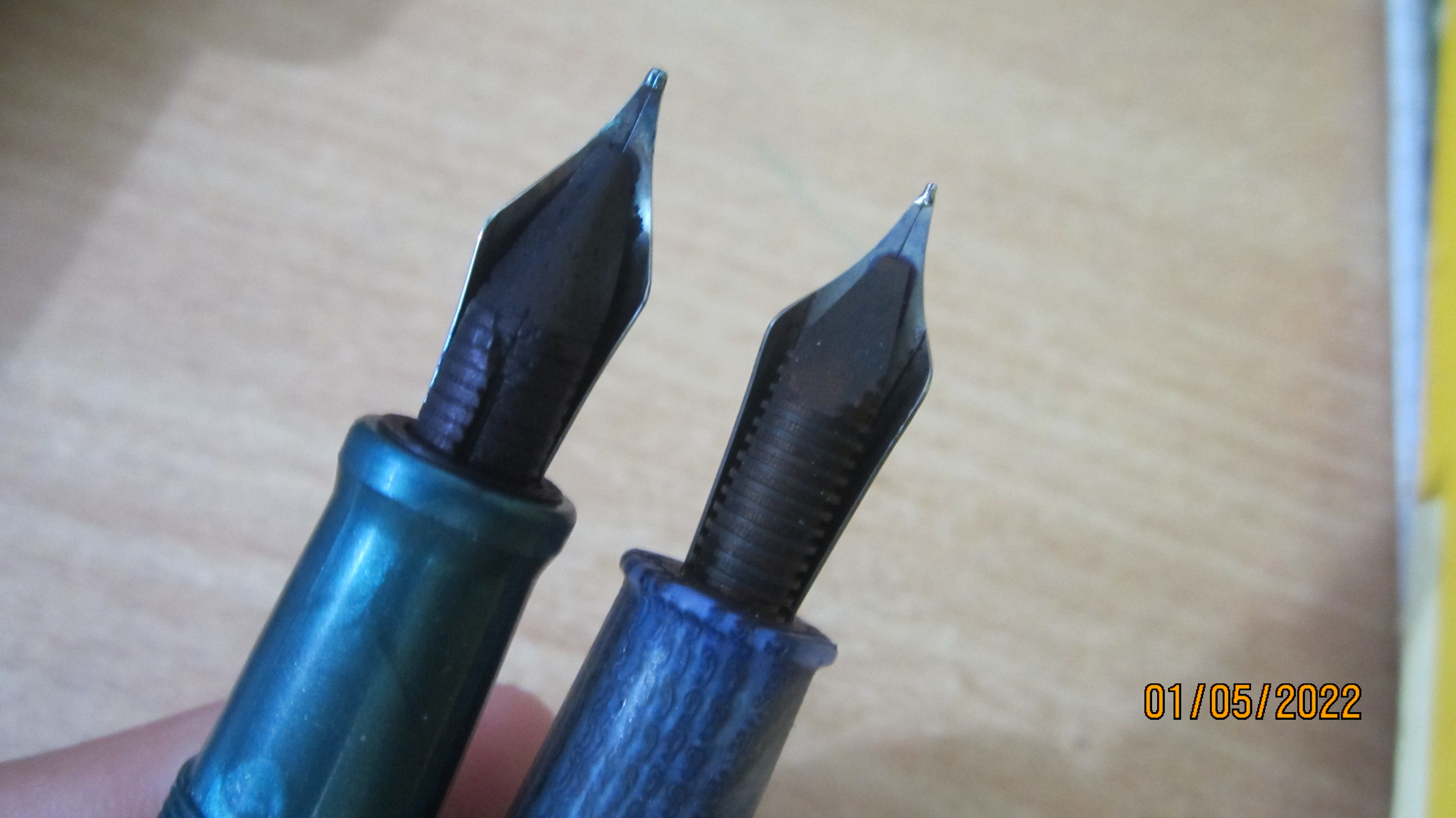
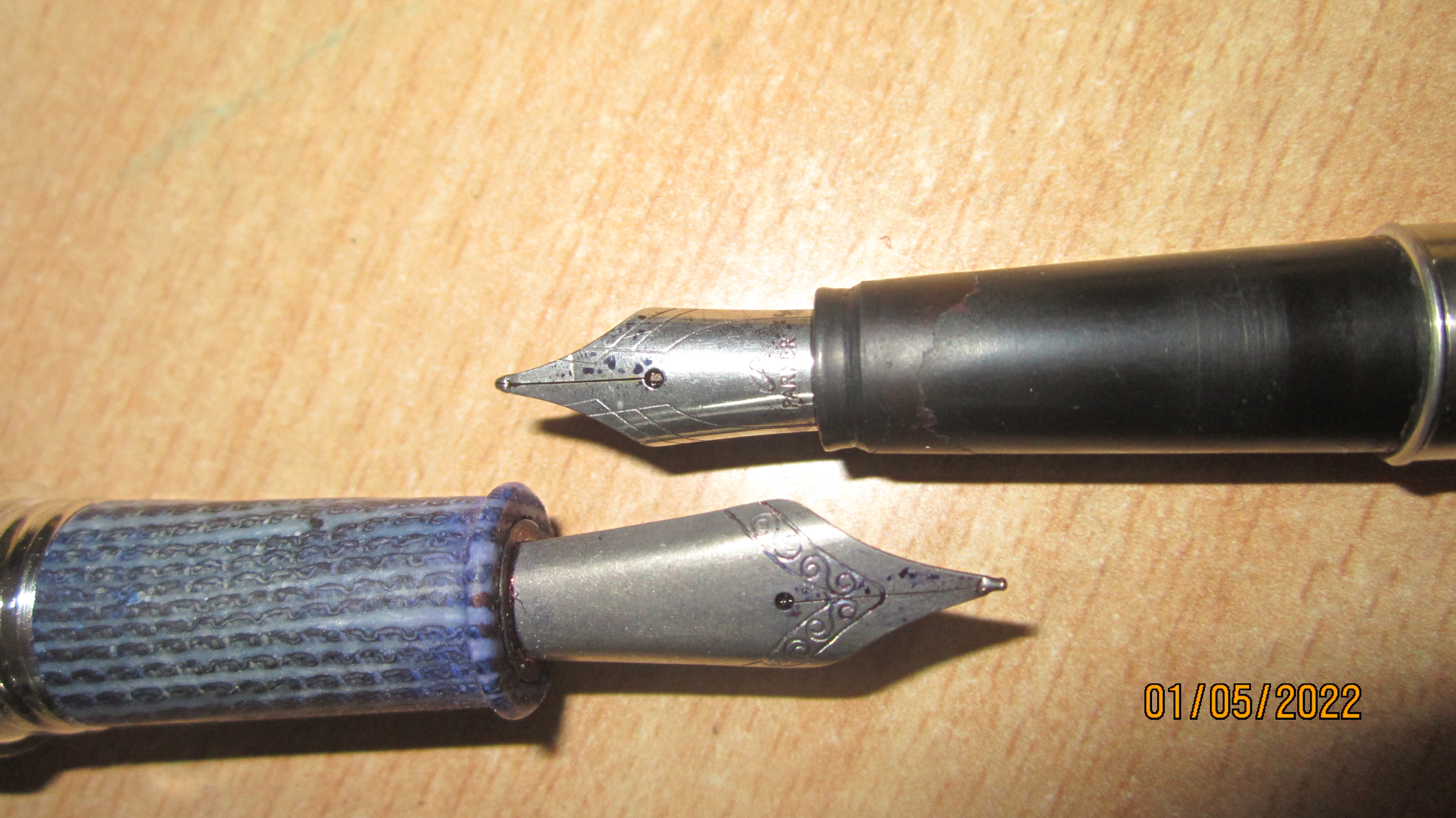
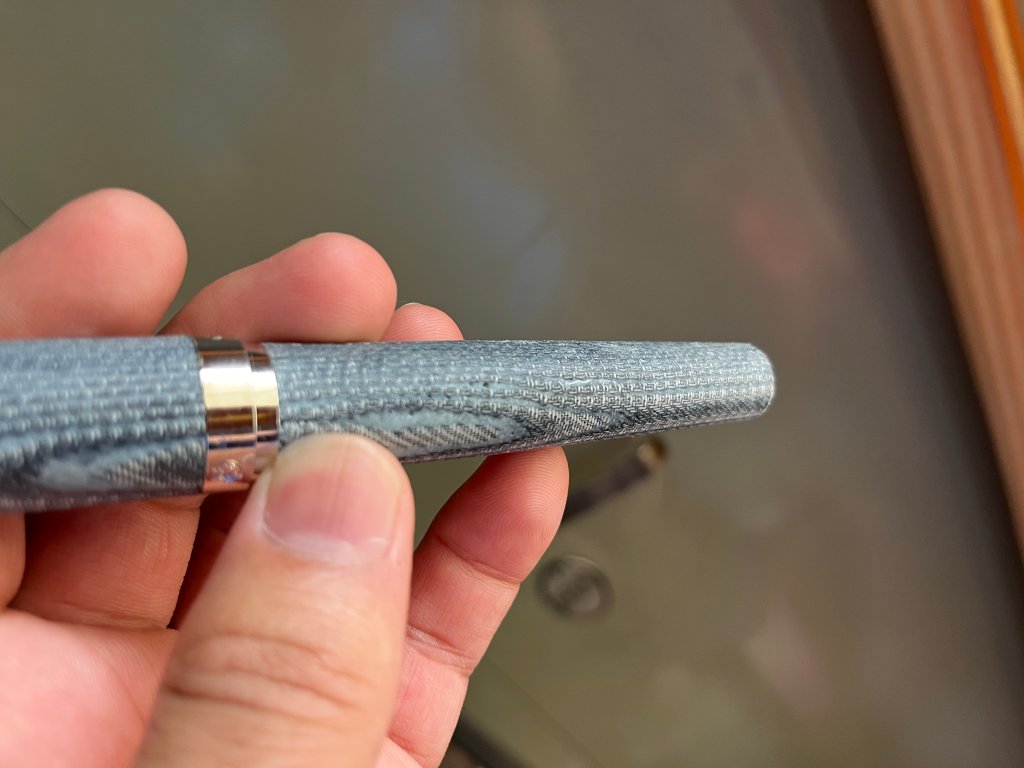
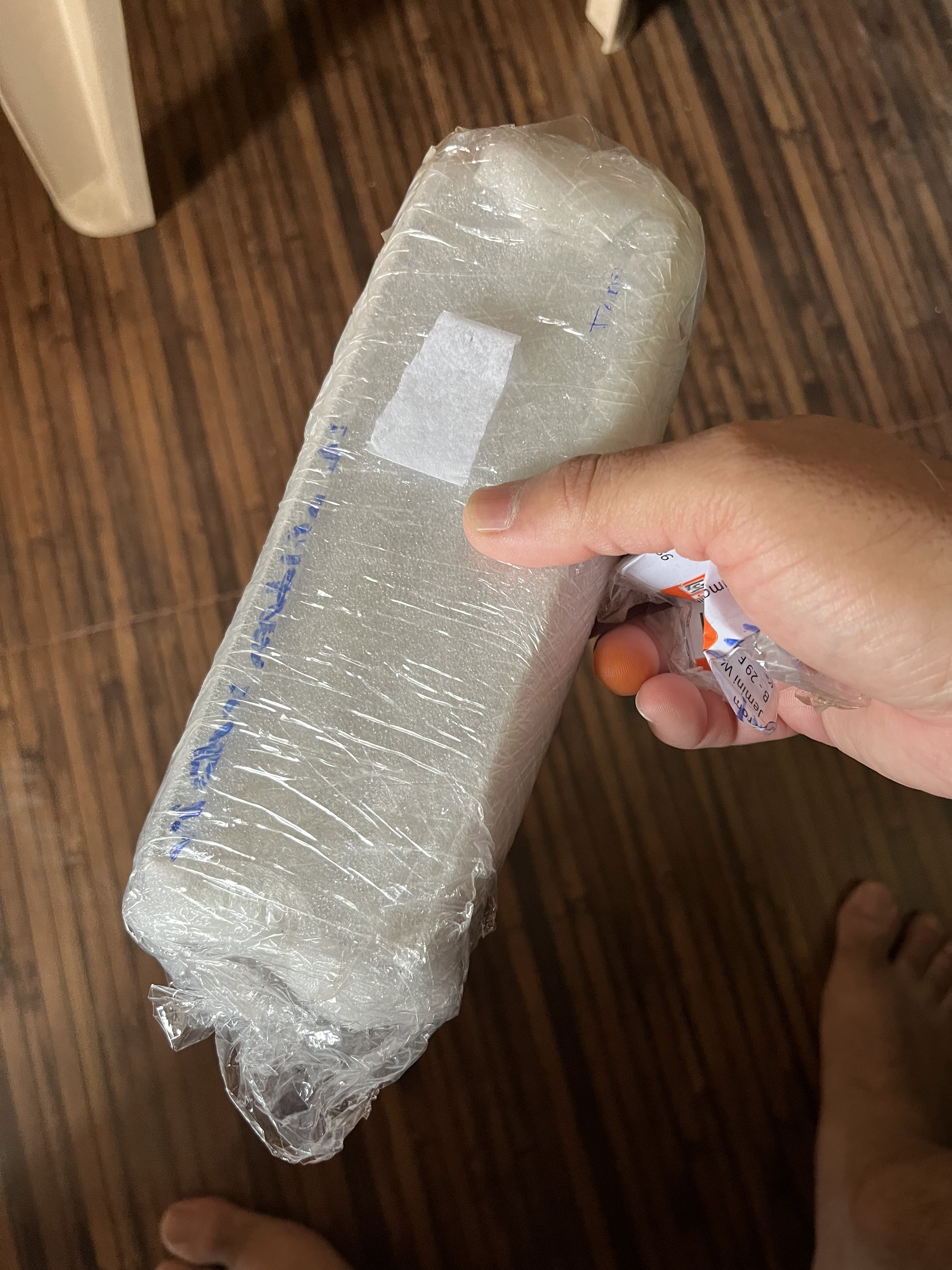
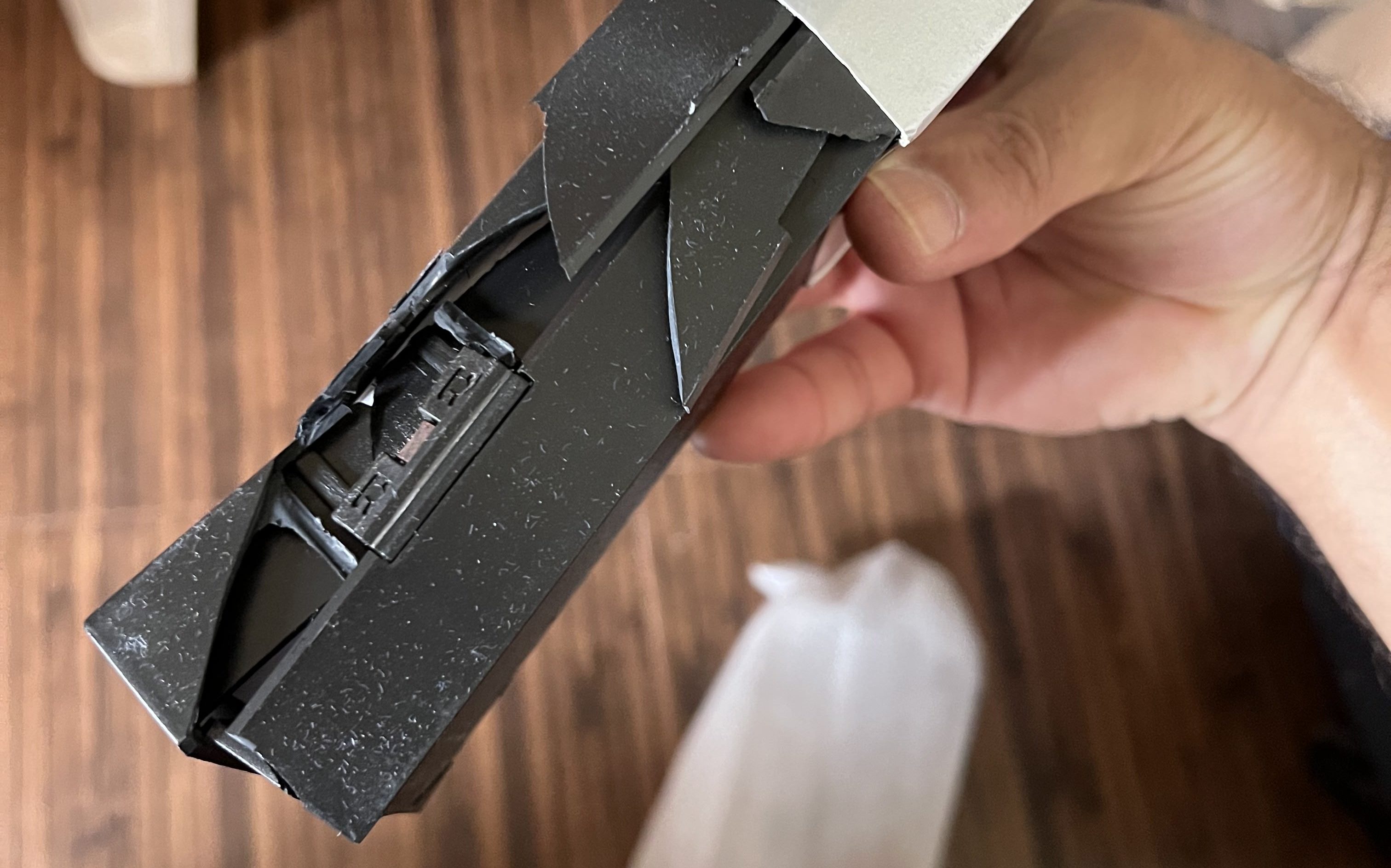
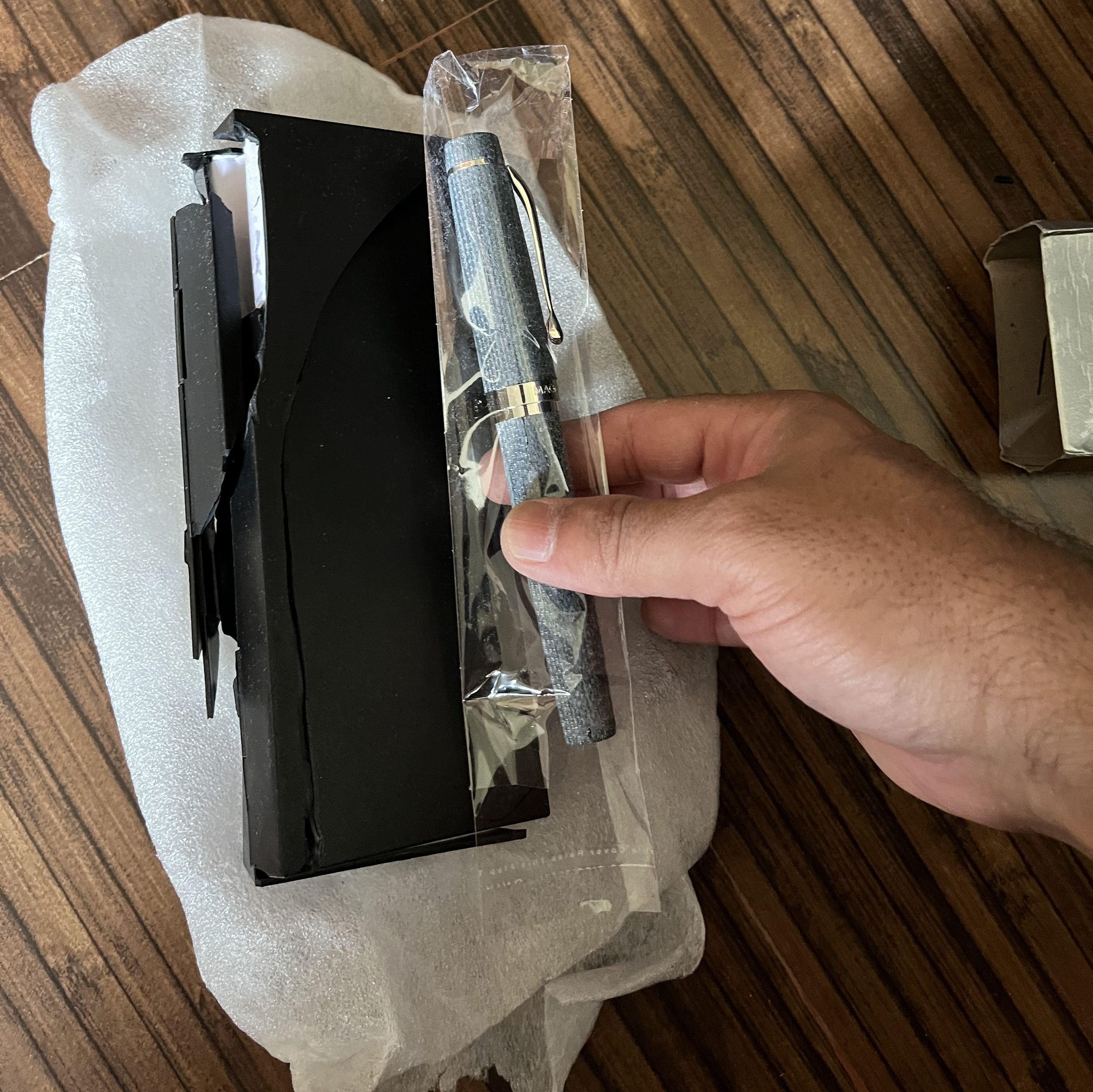
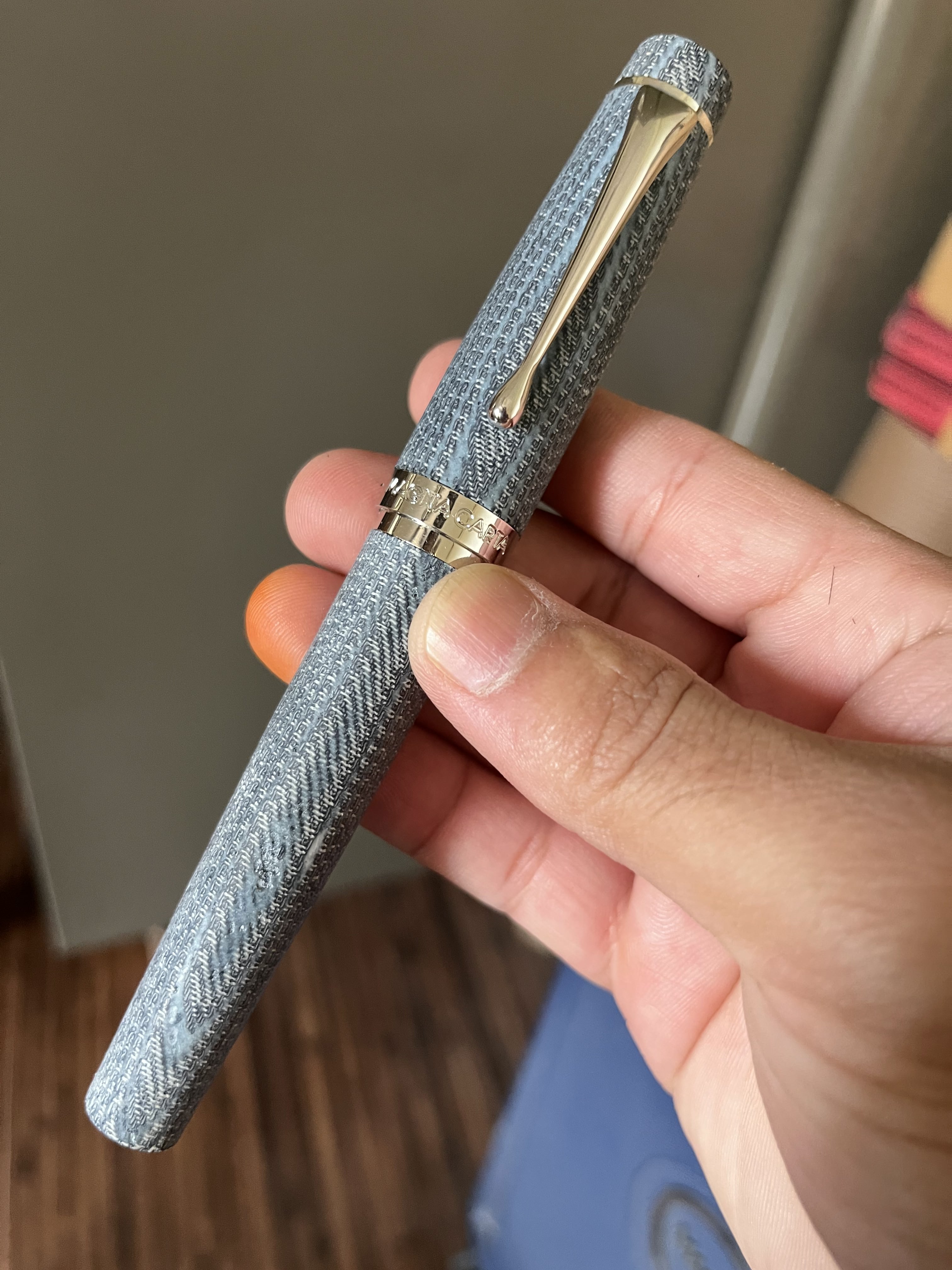
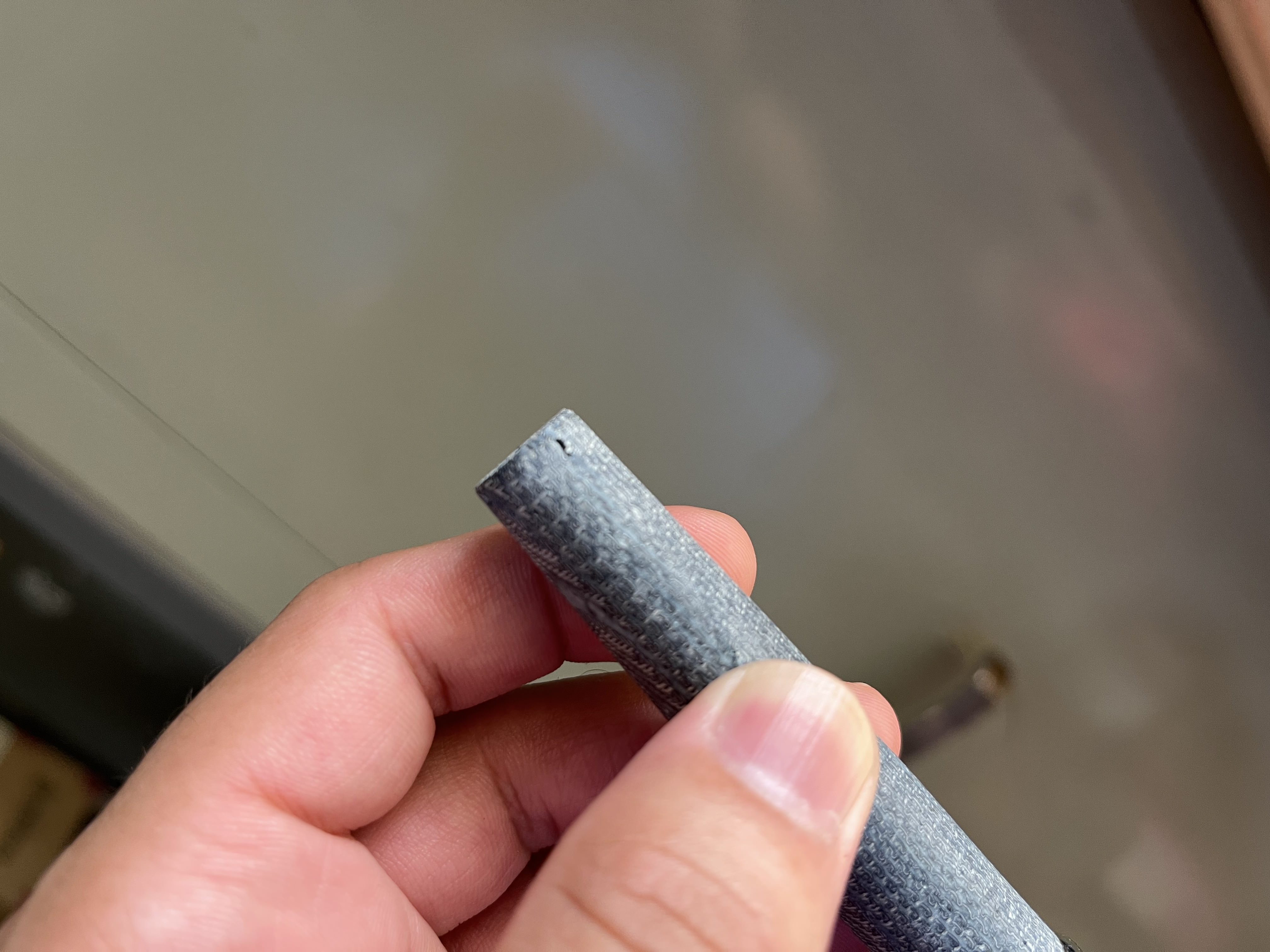
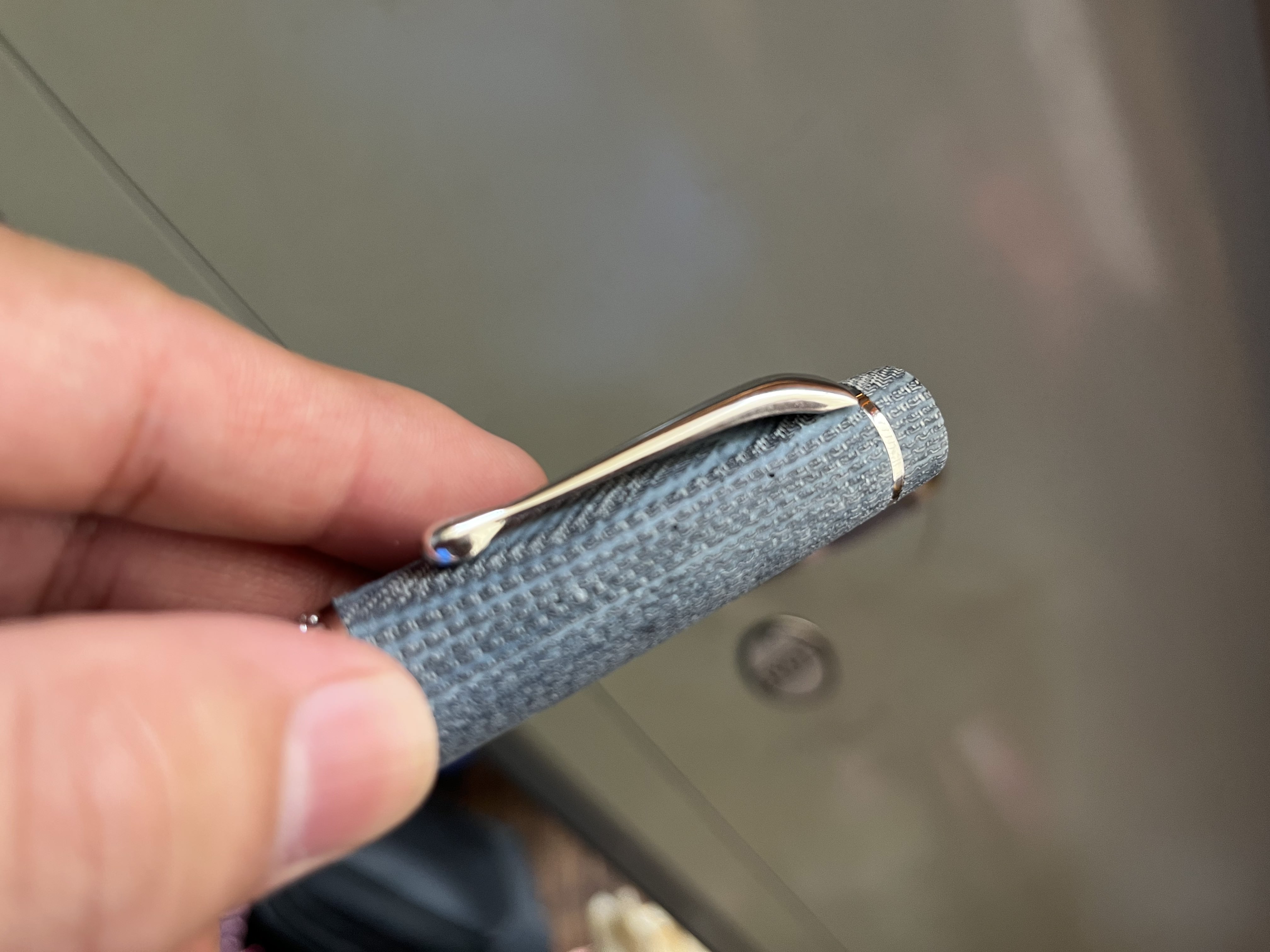
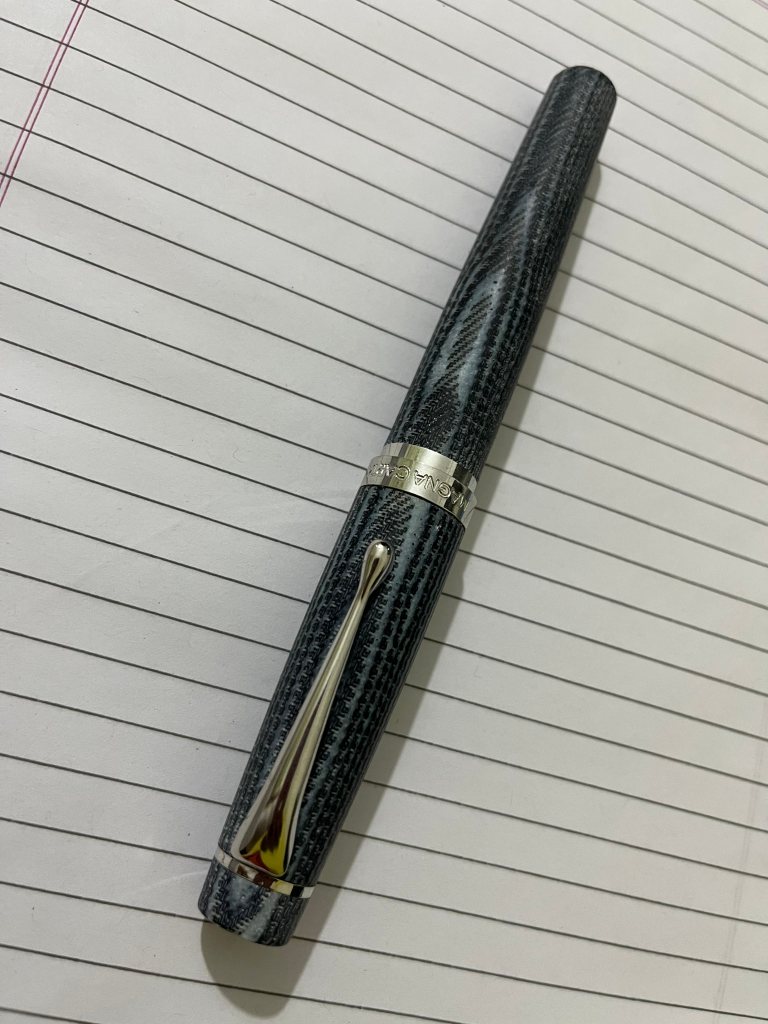
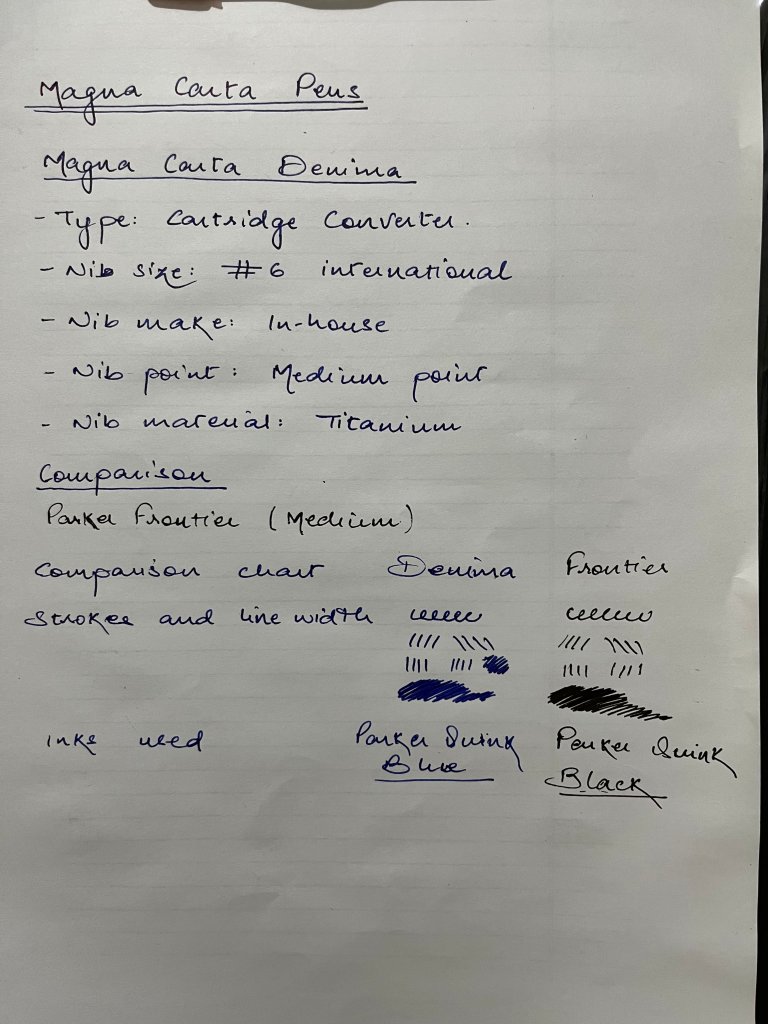
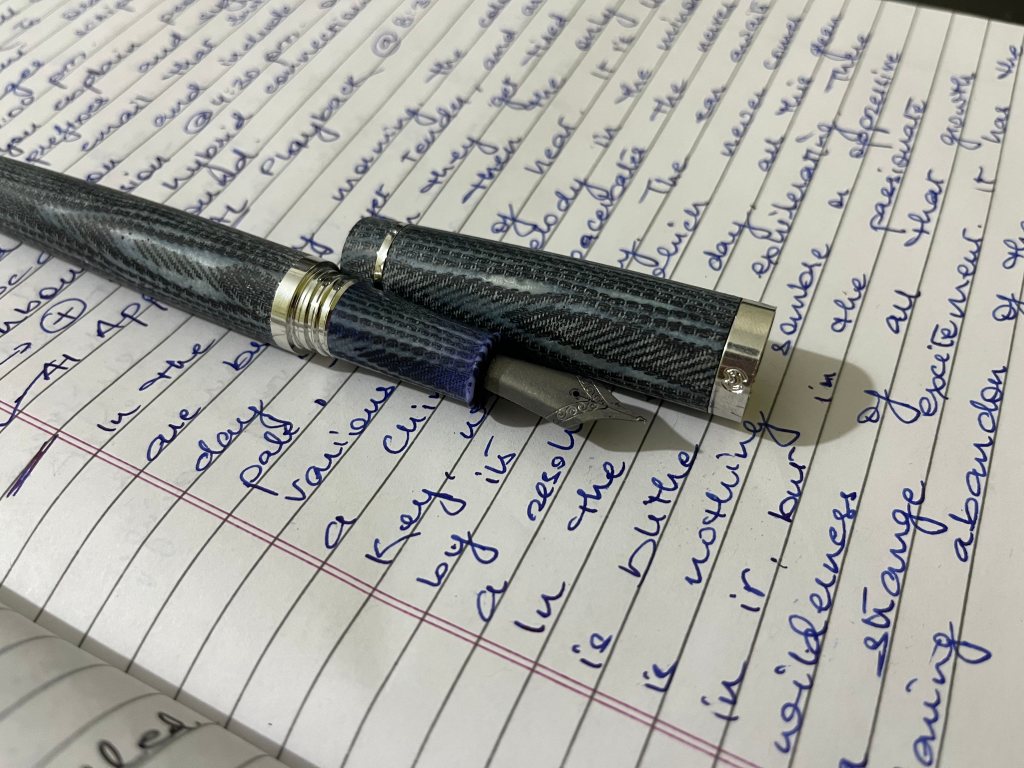
You must be logged in to post a comment.